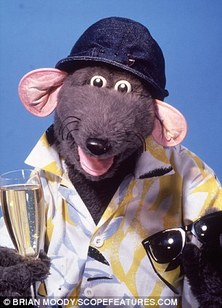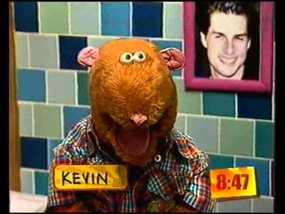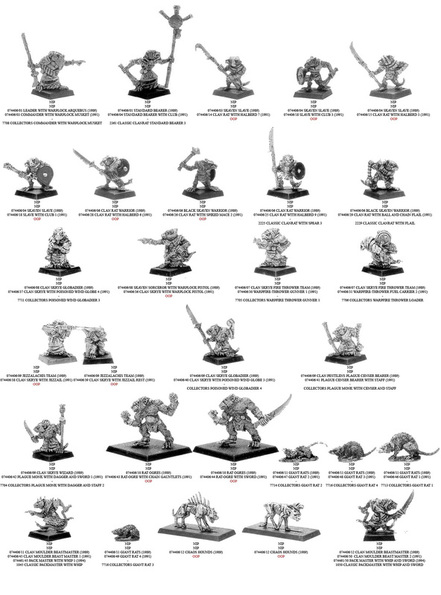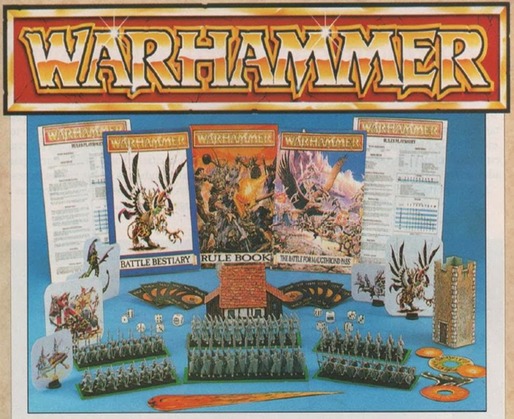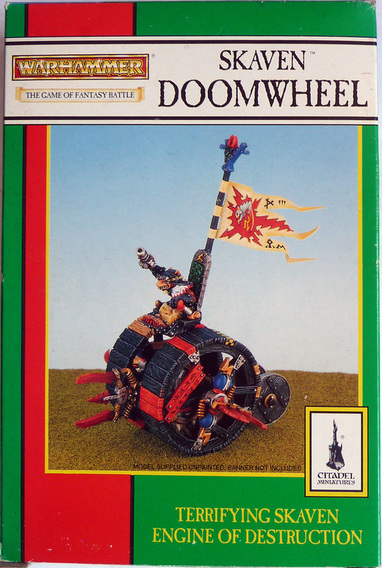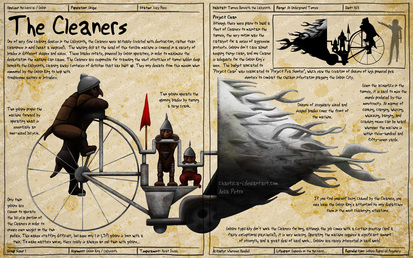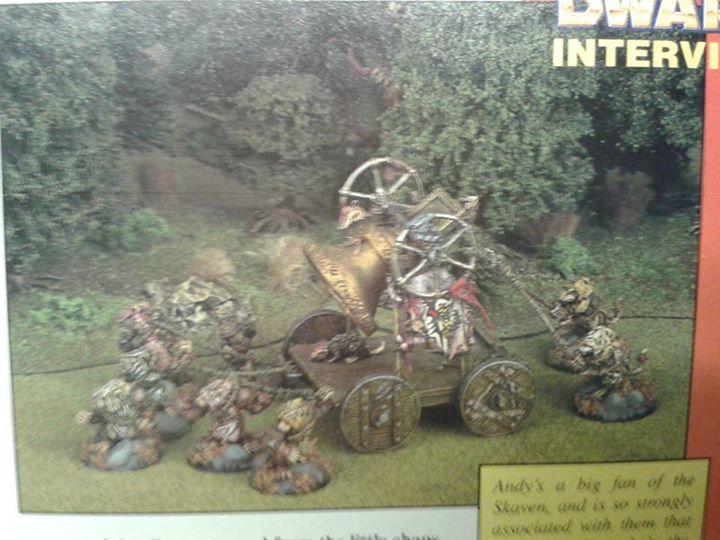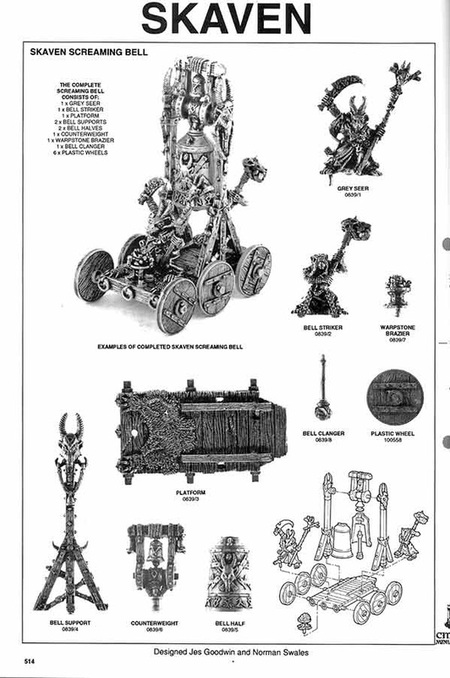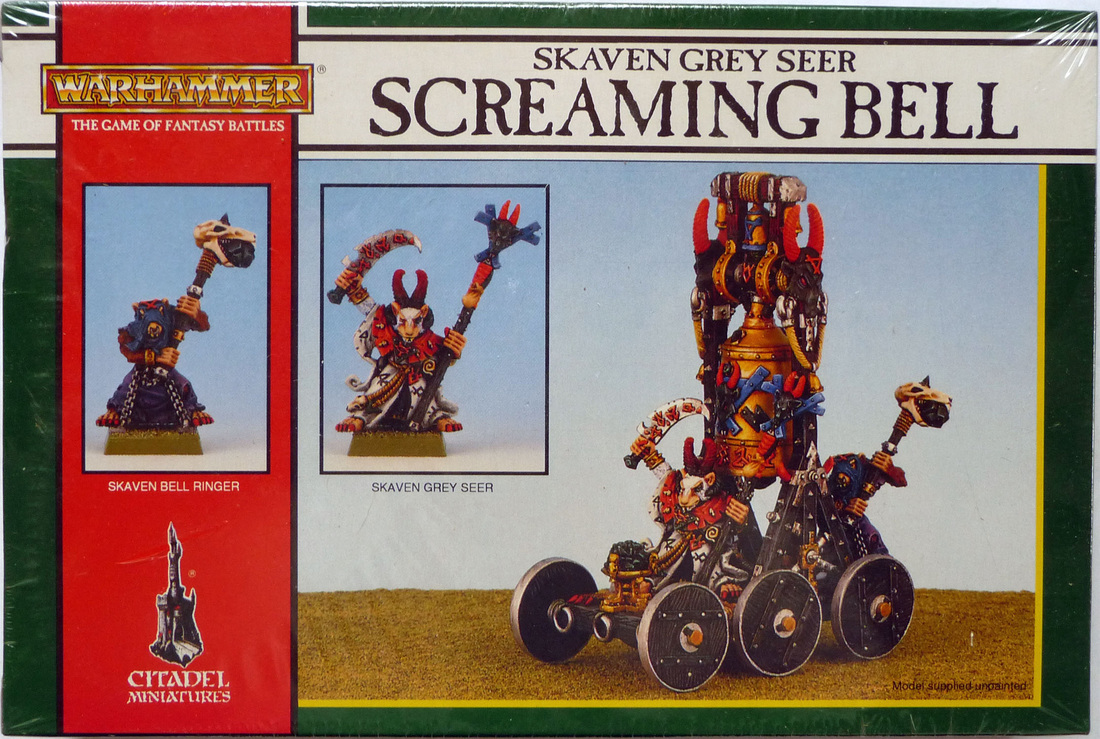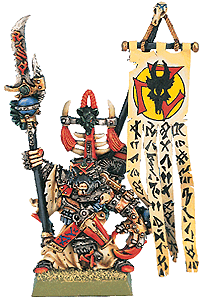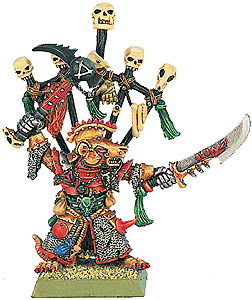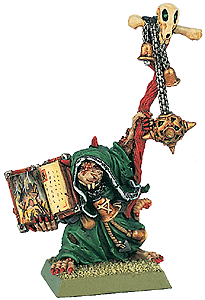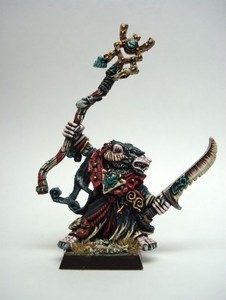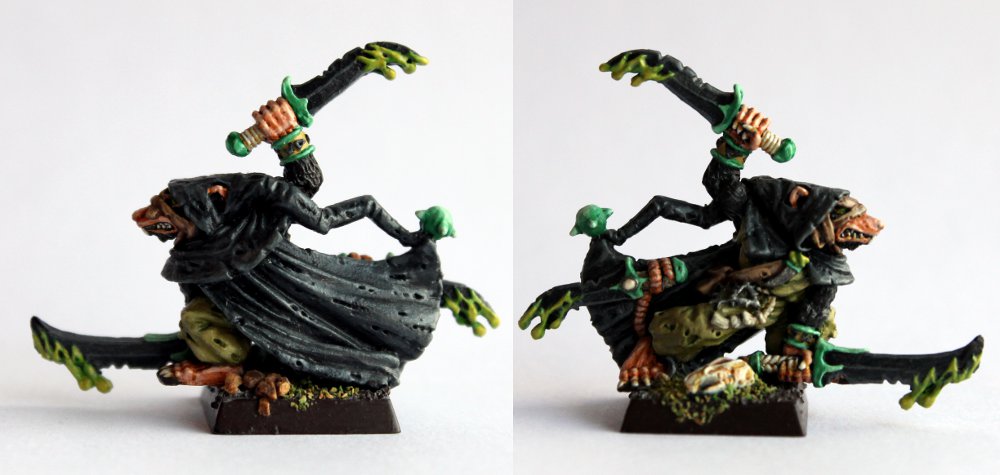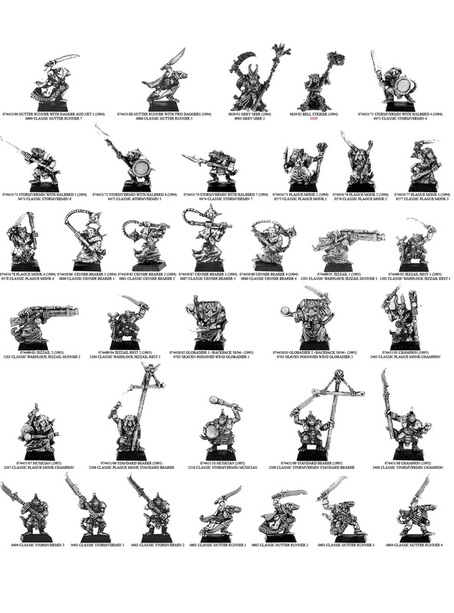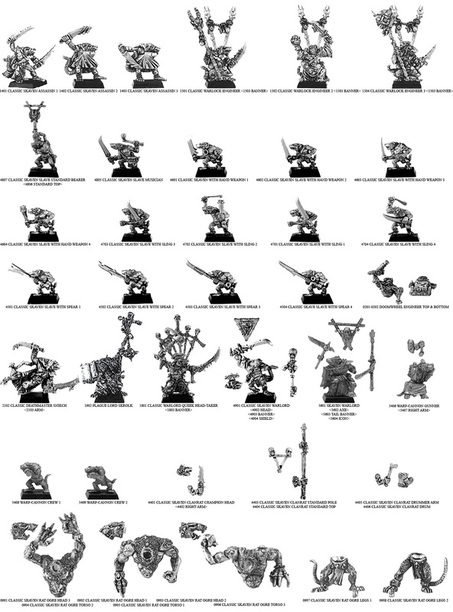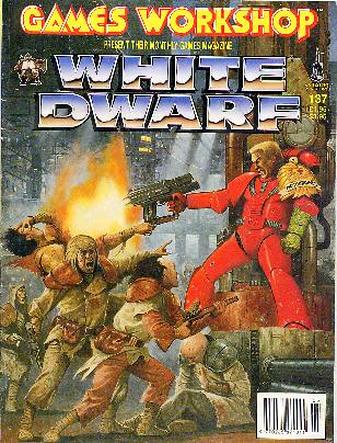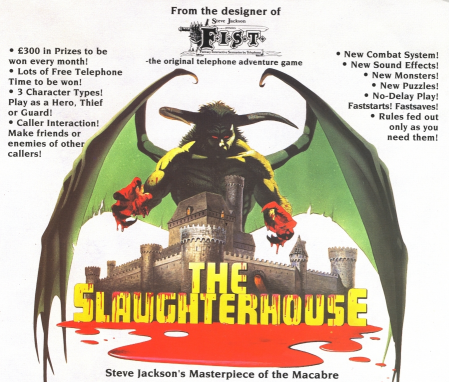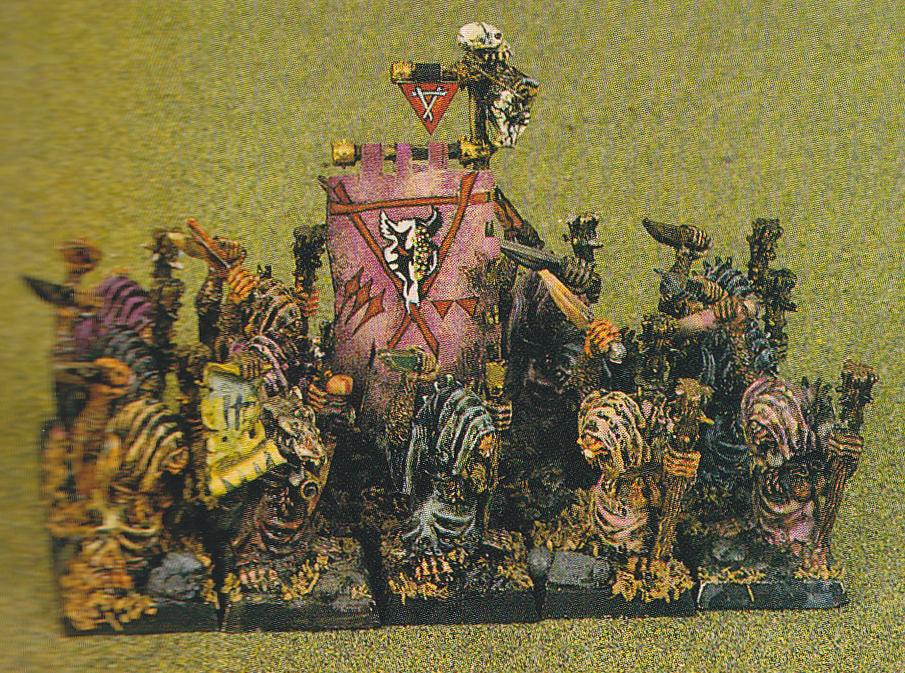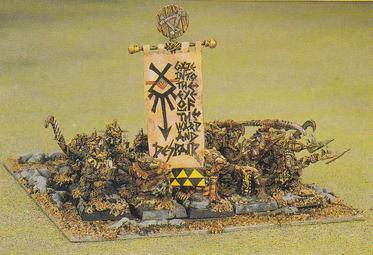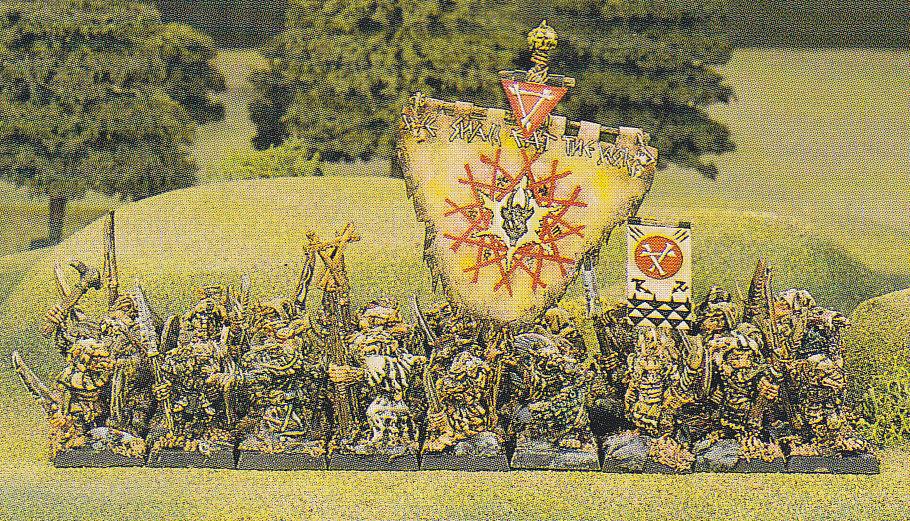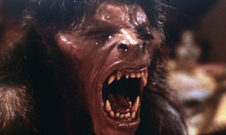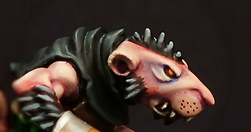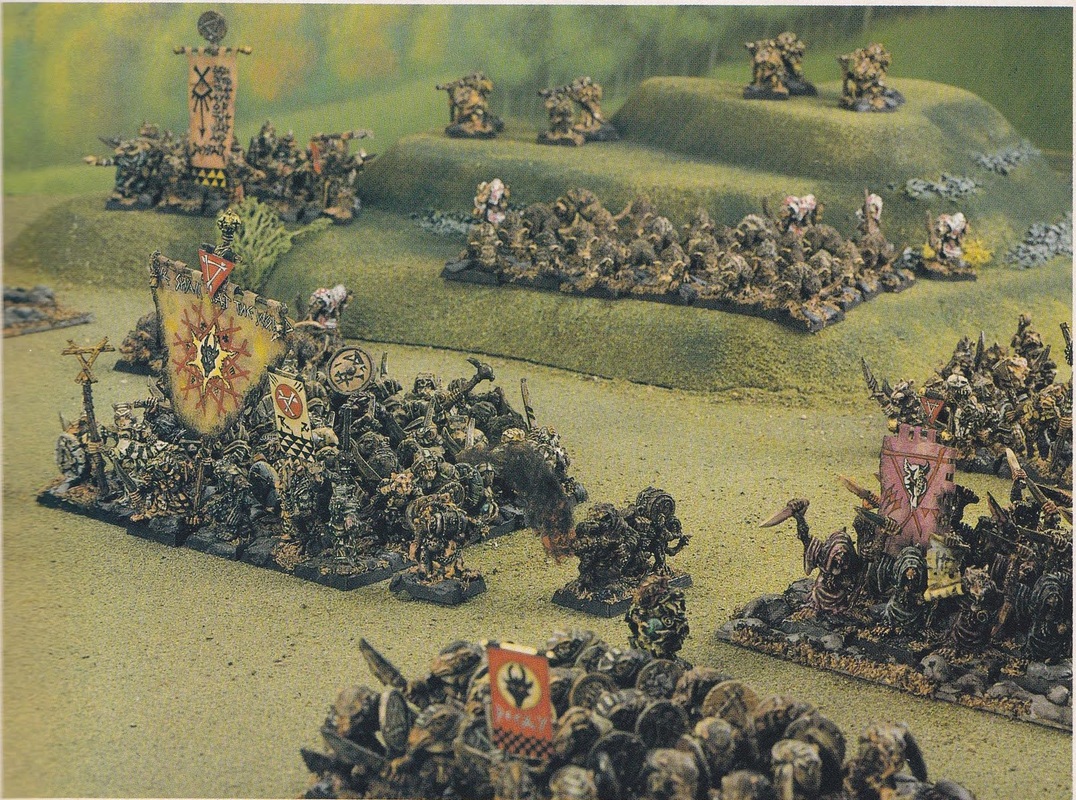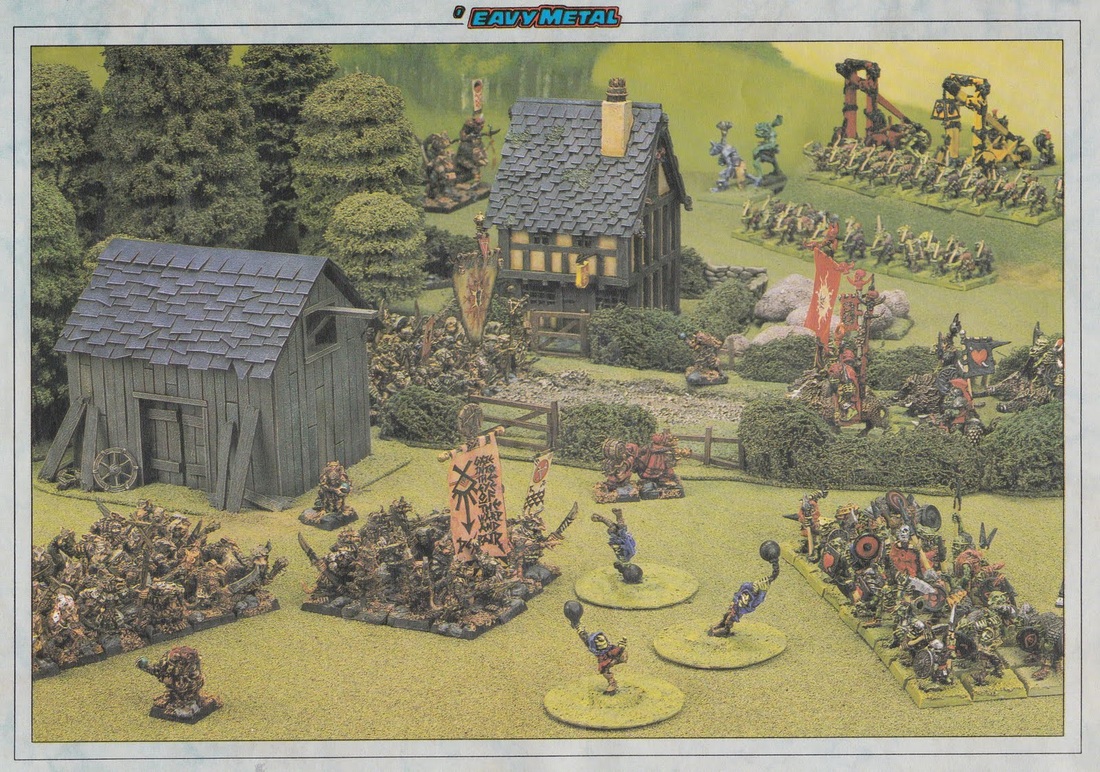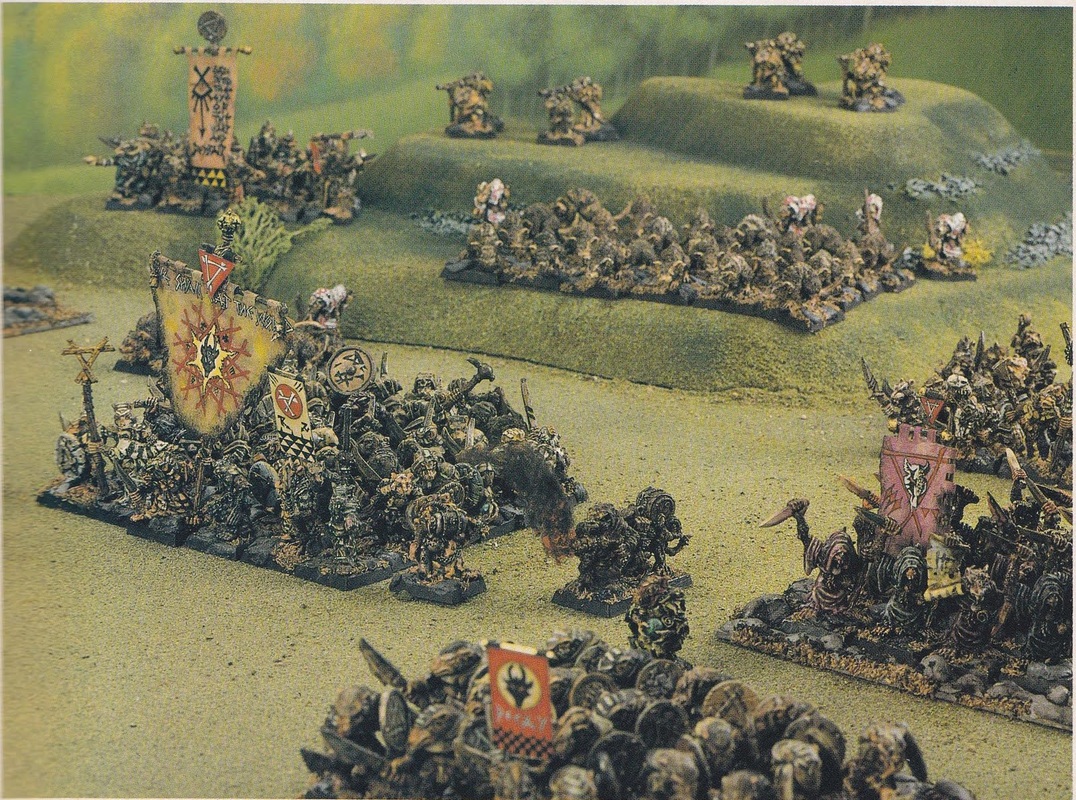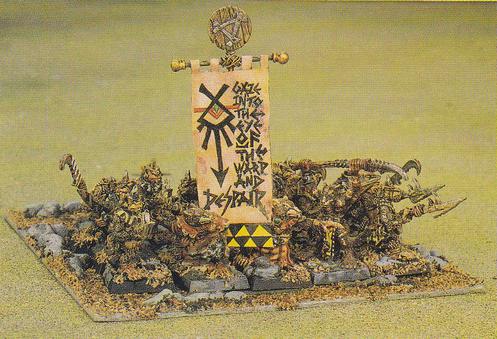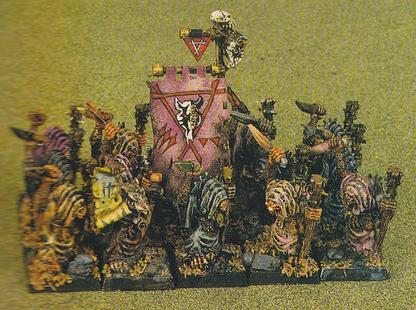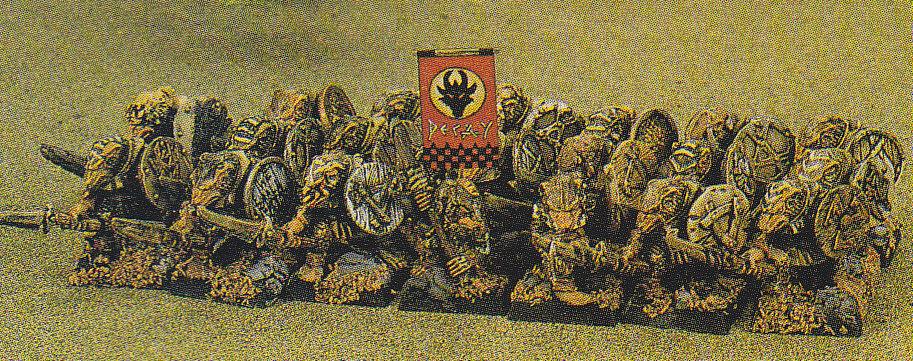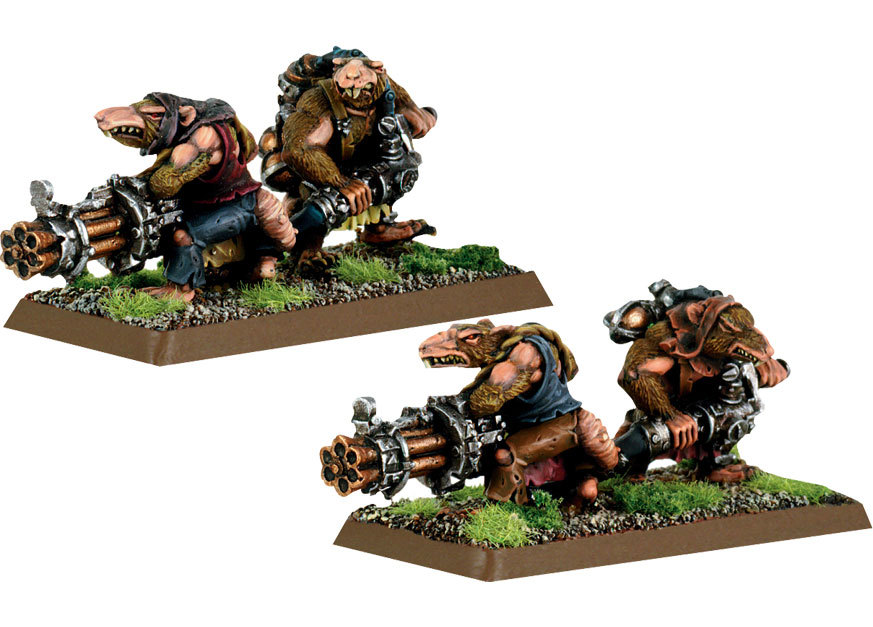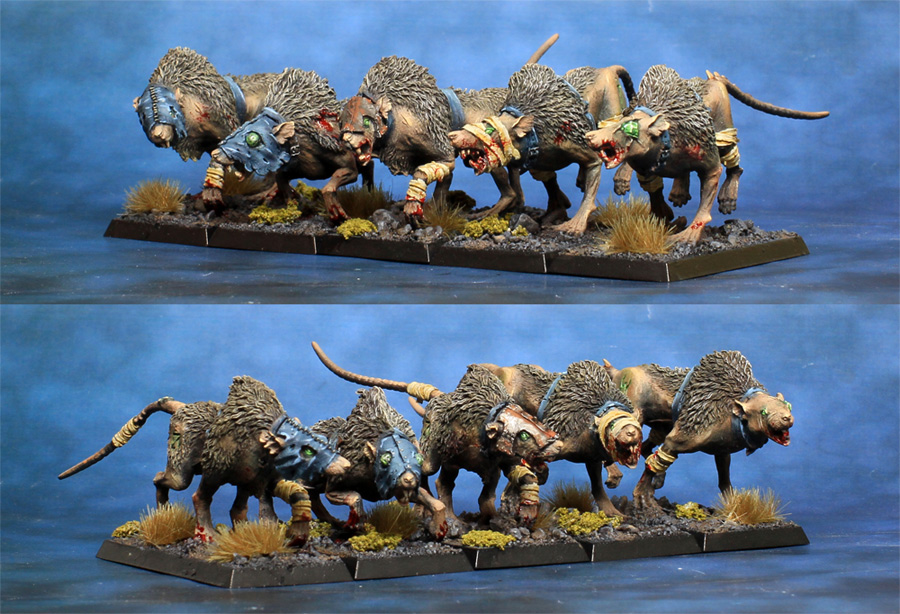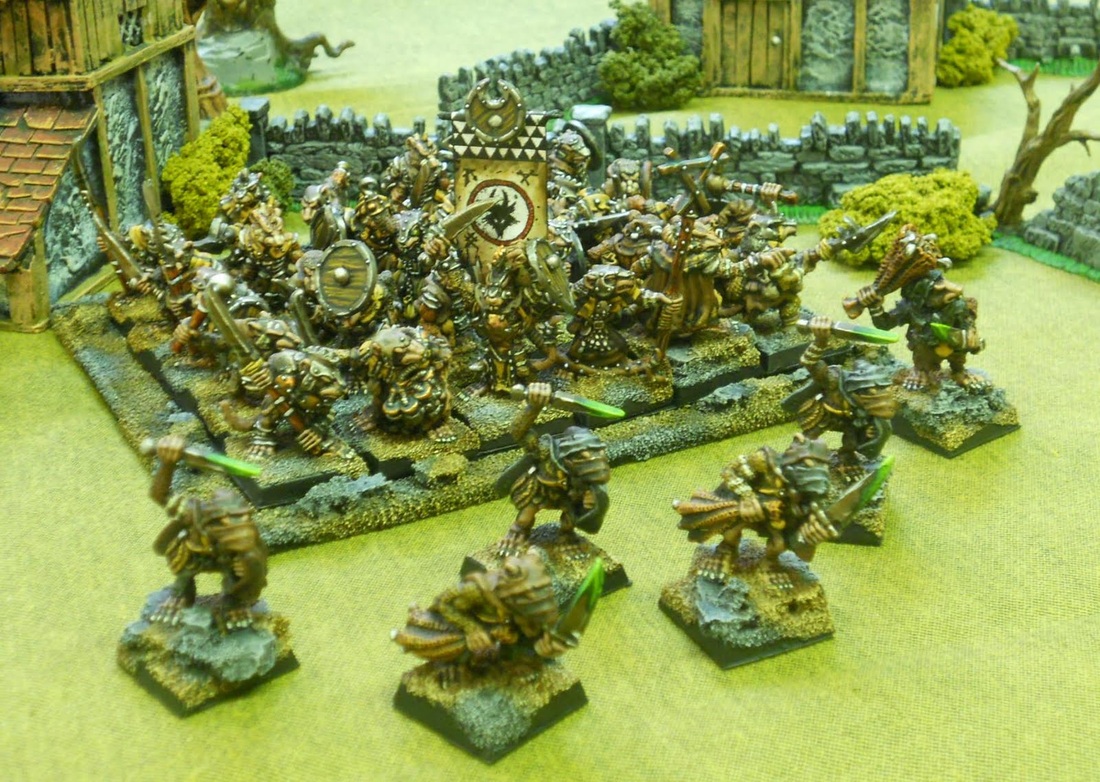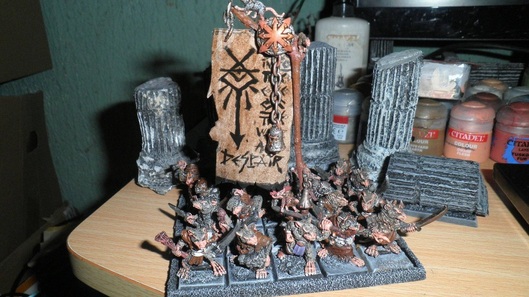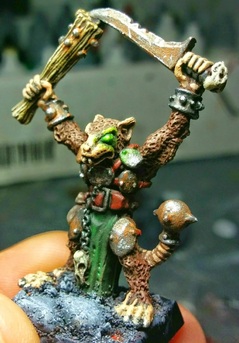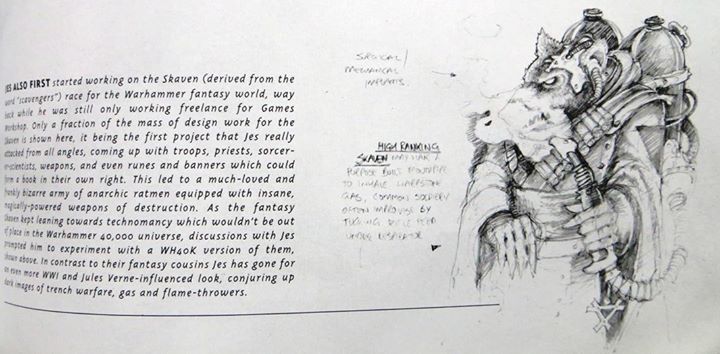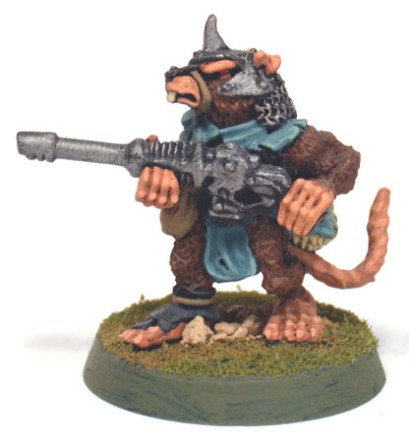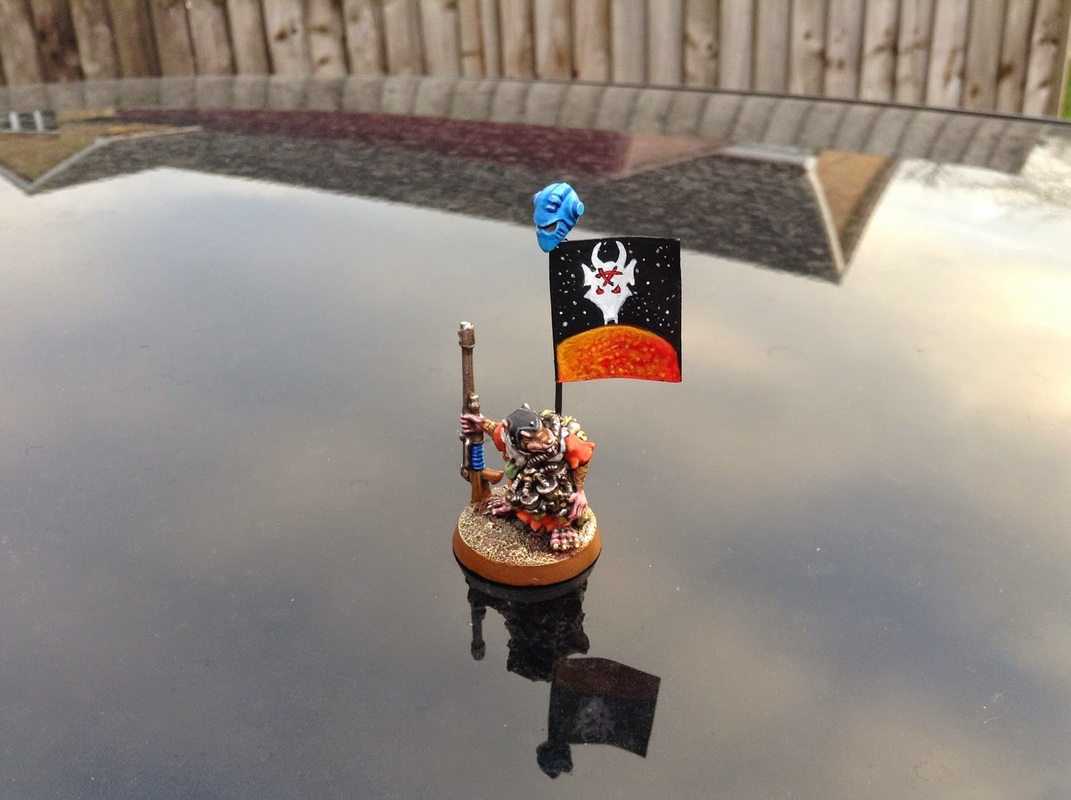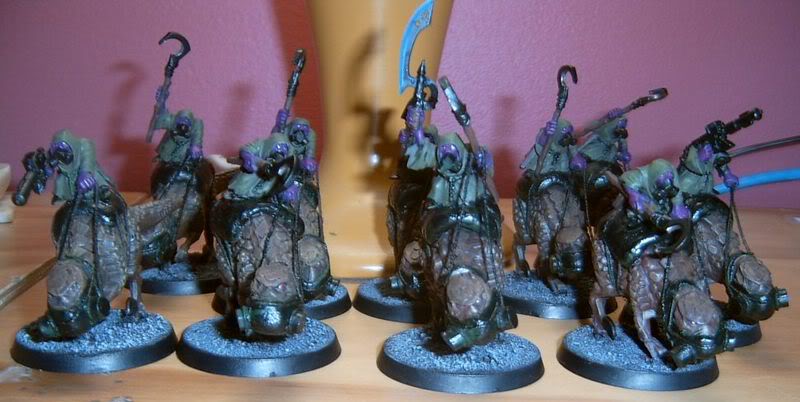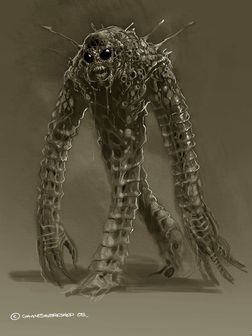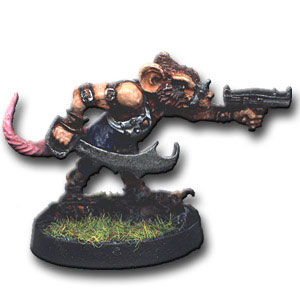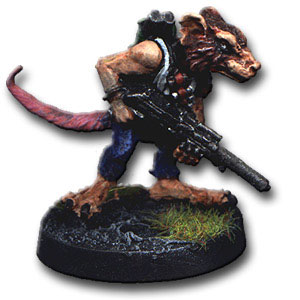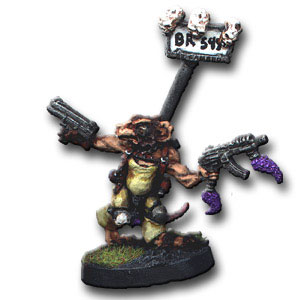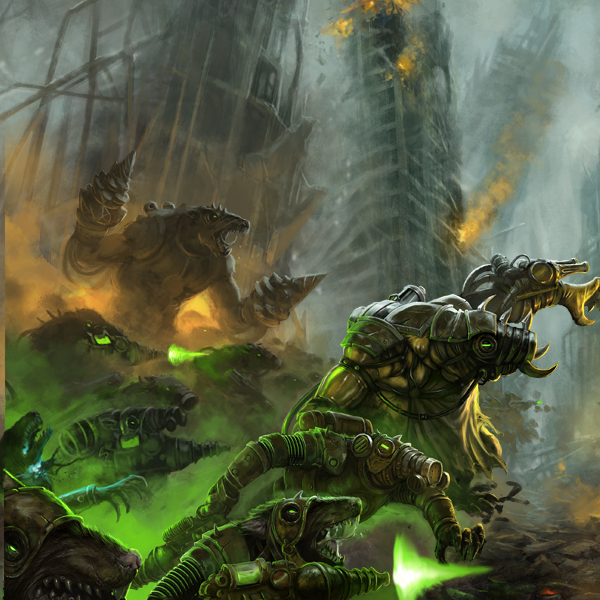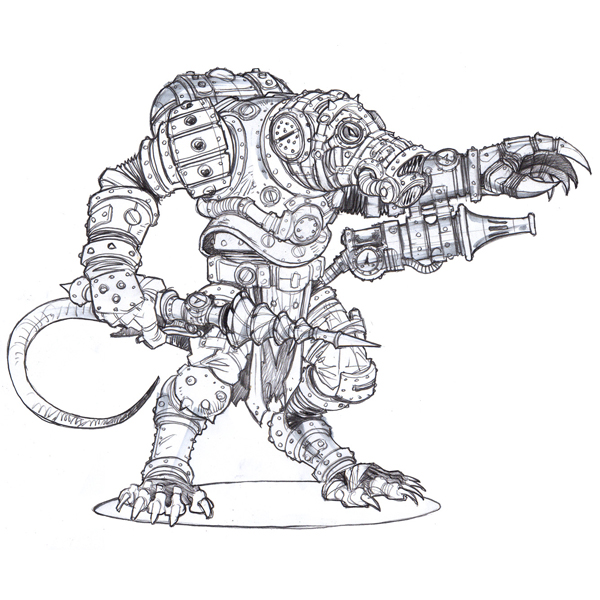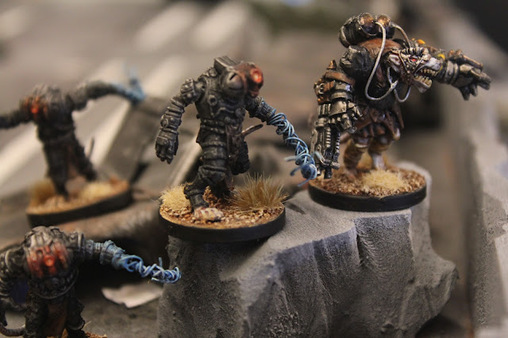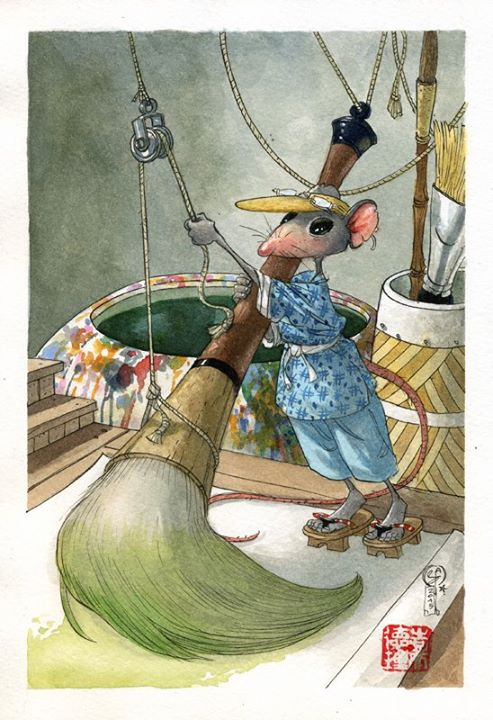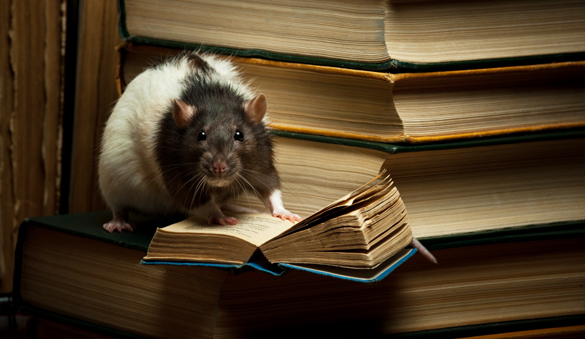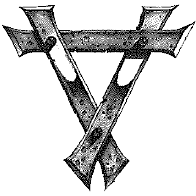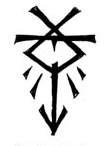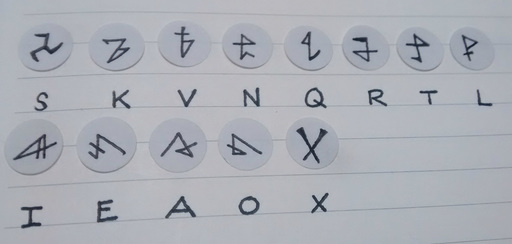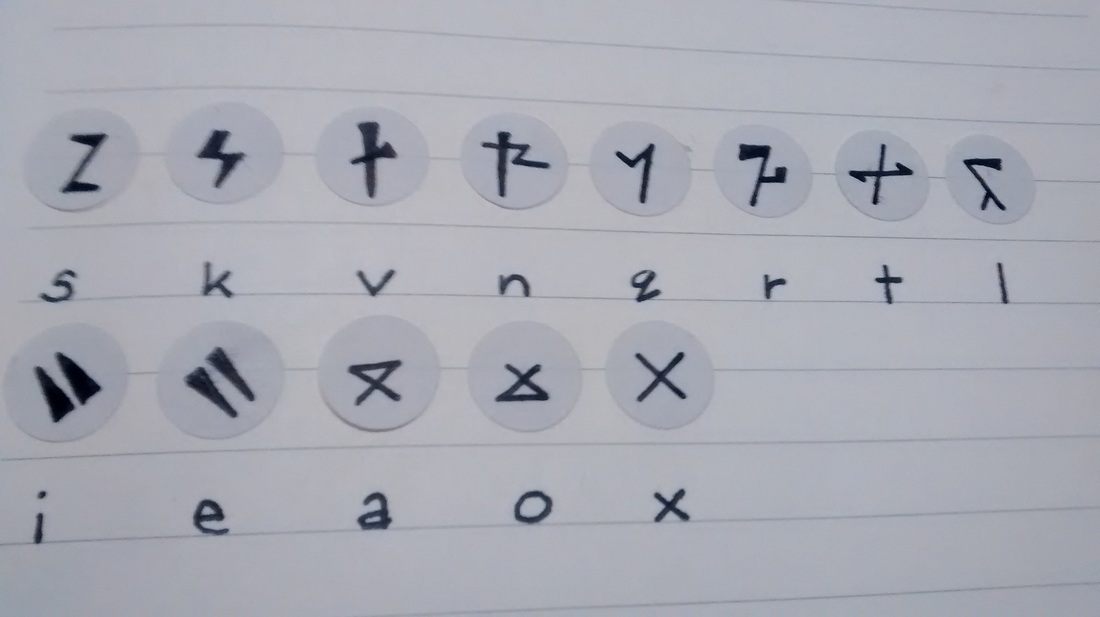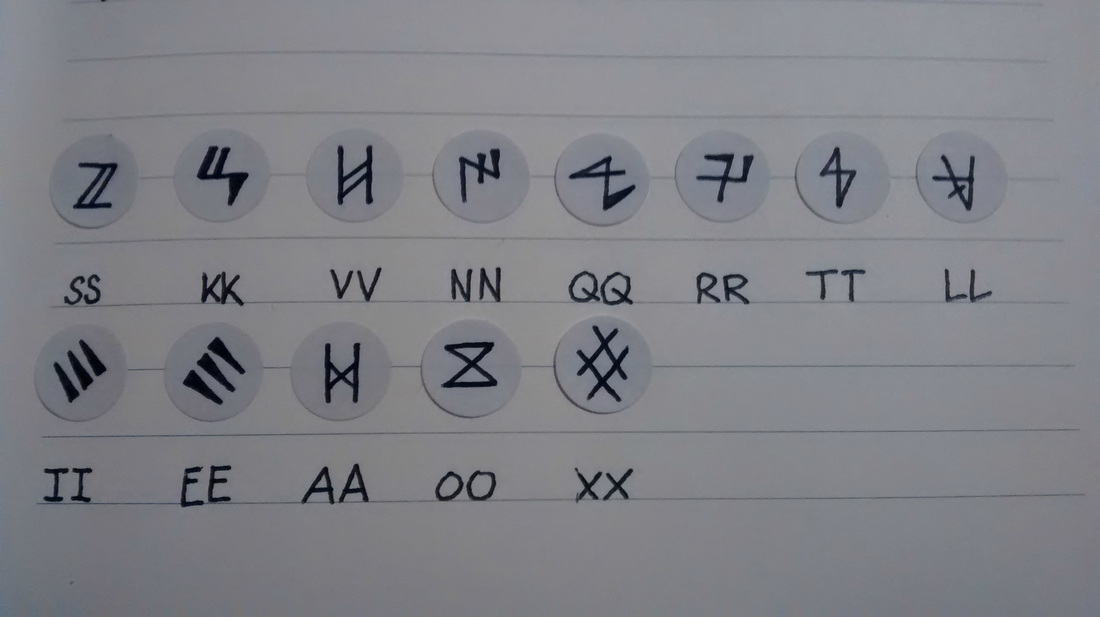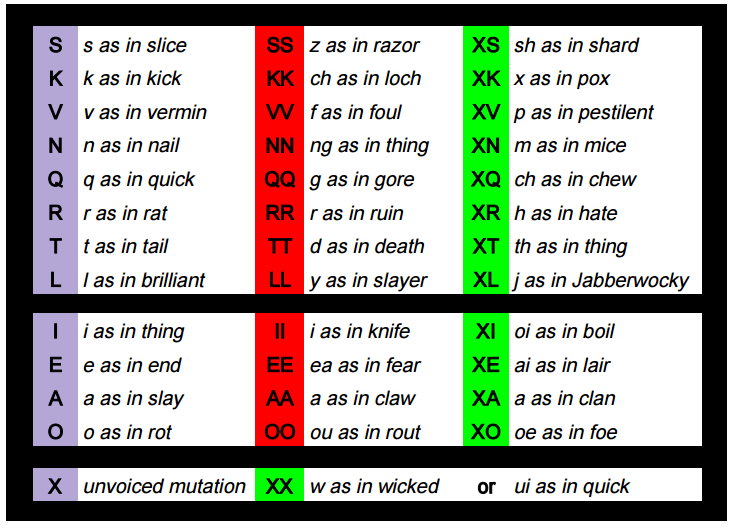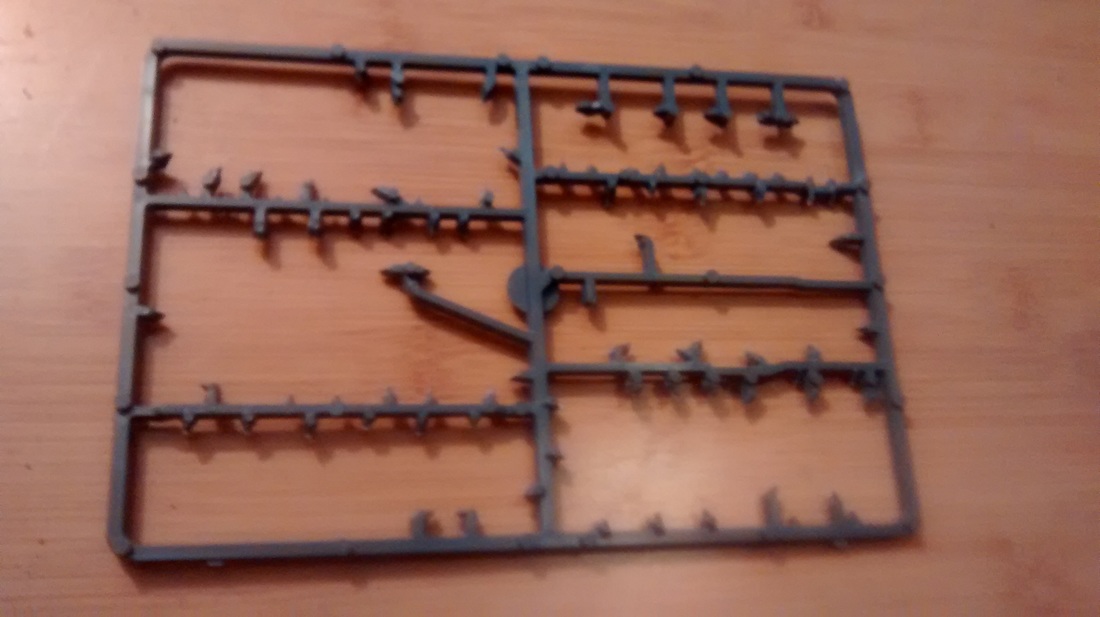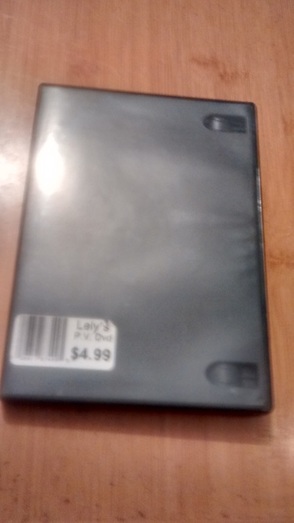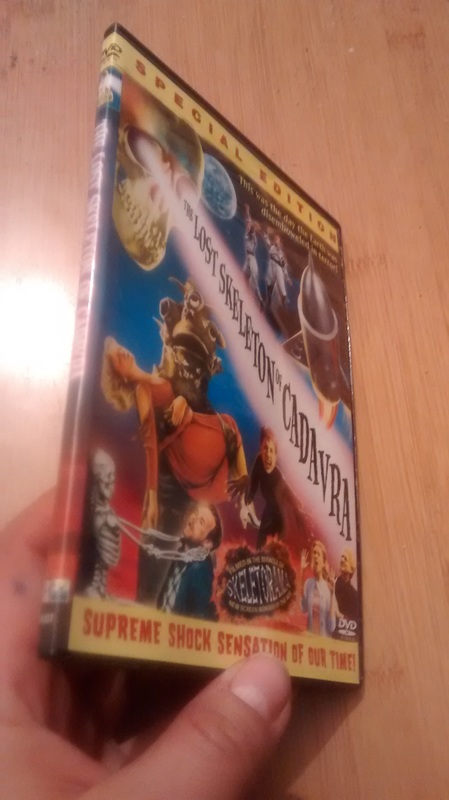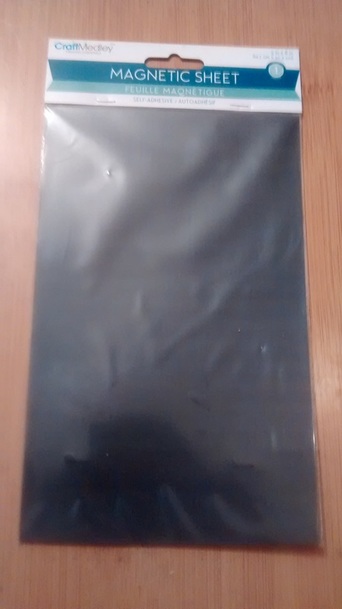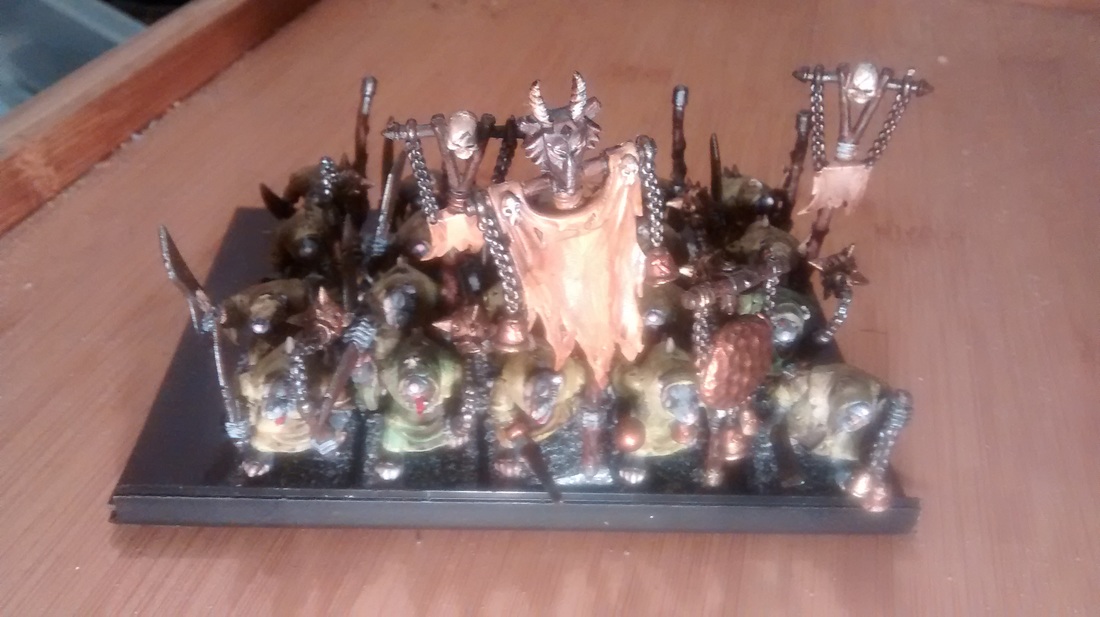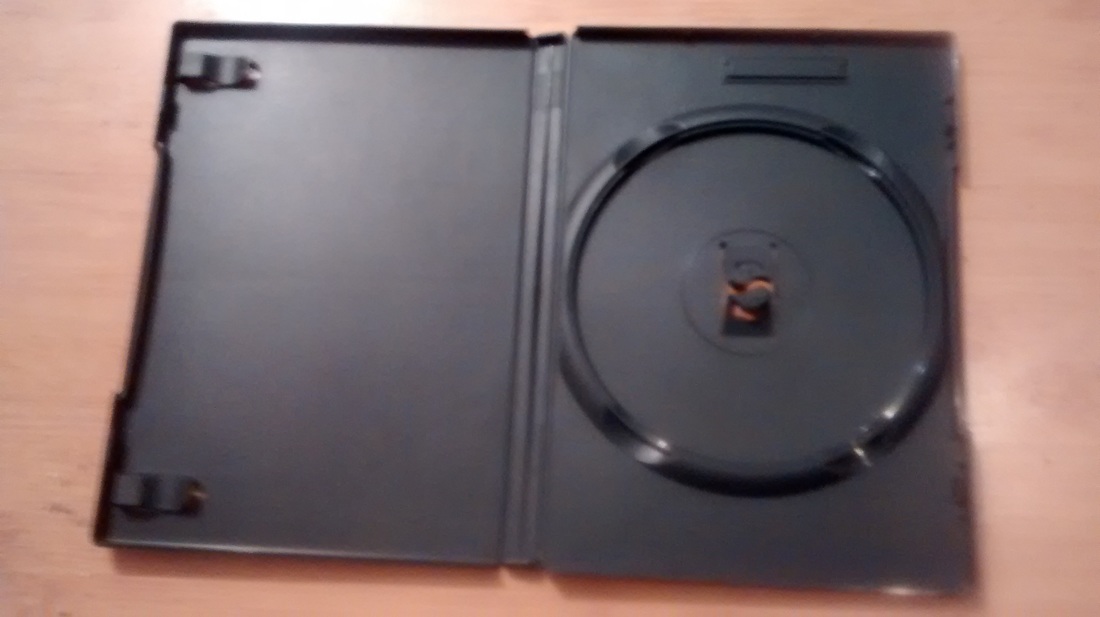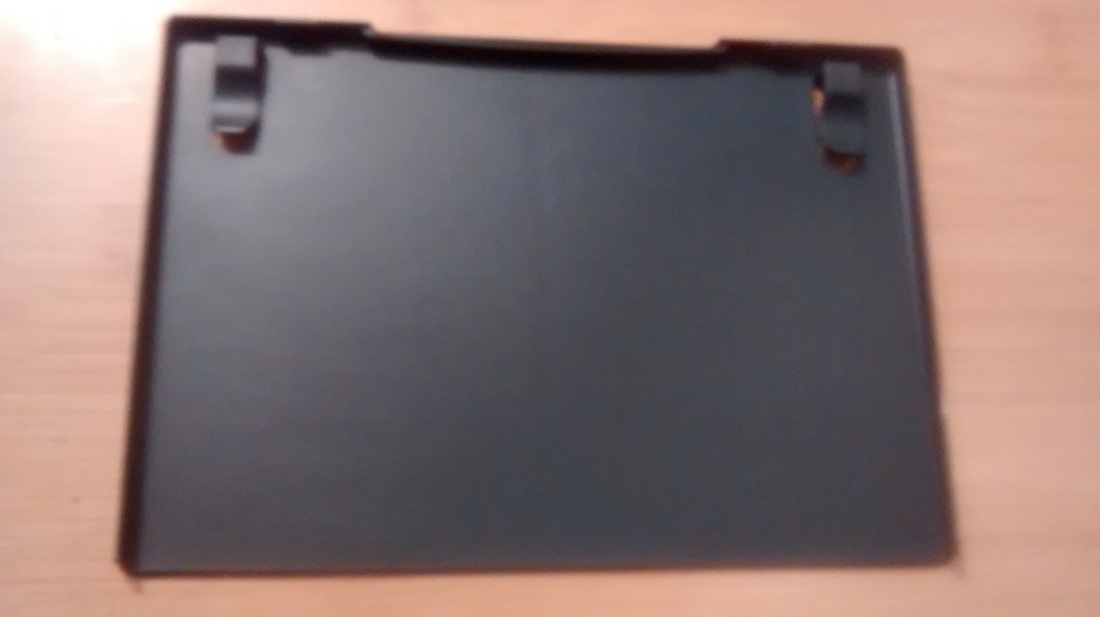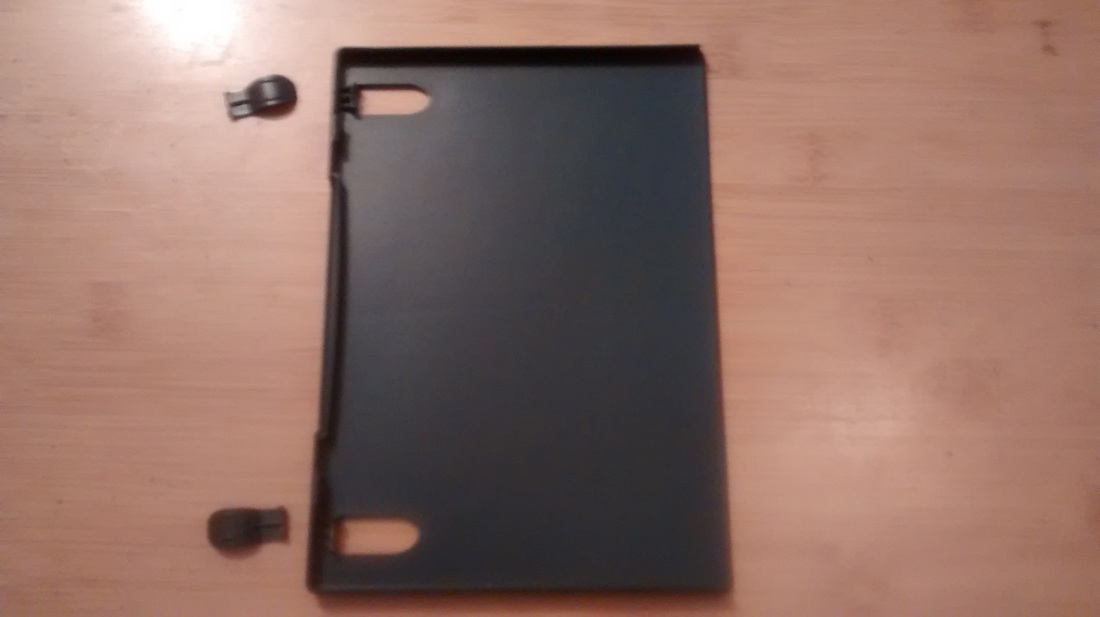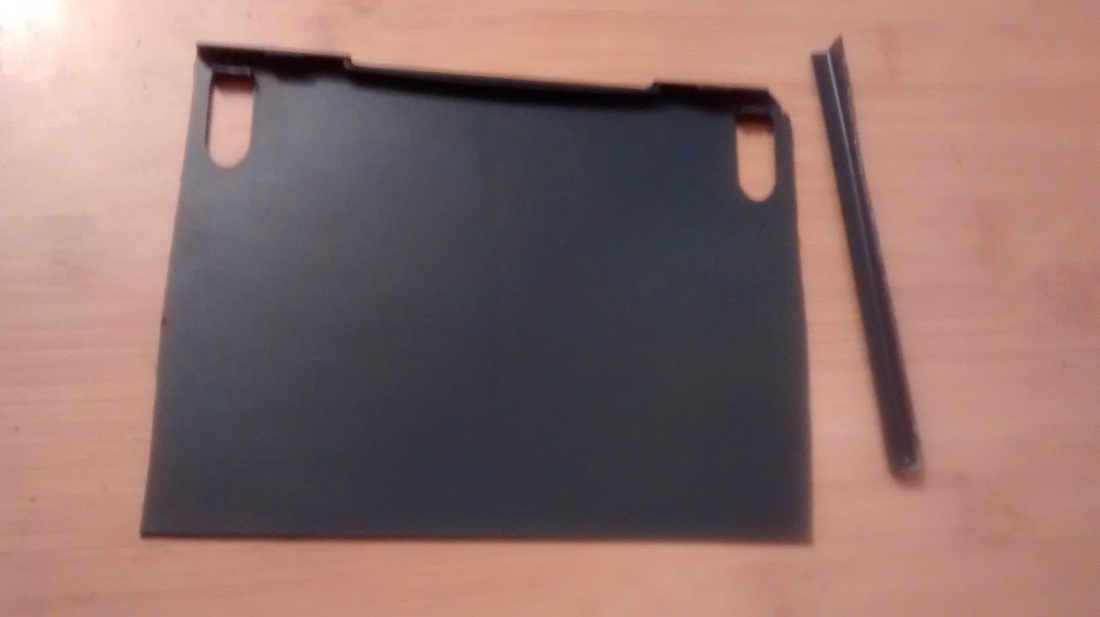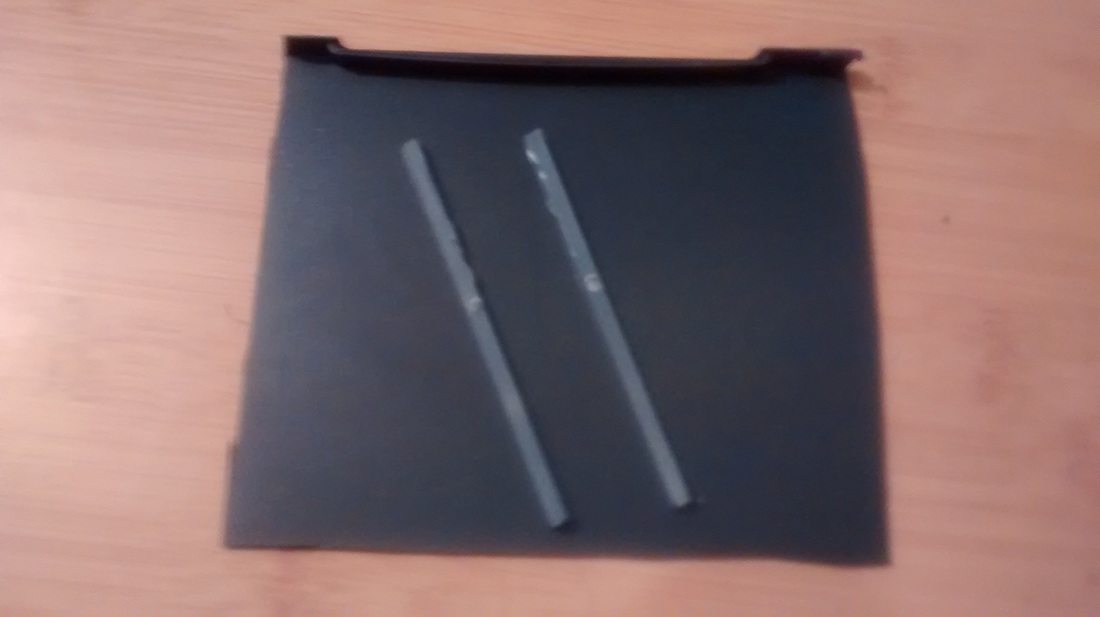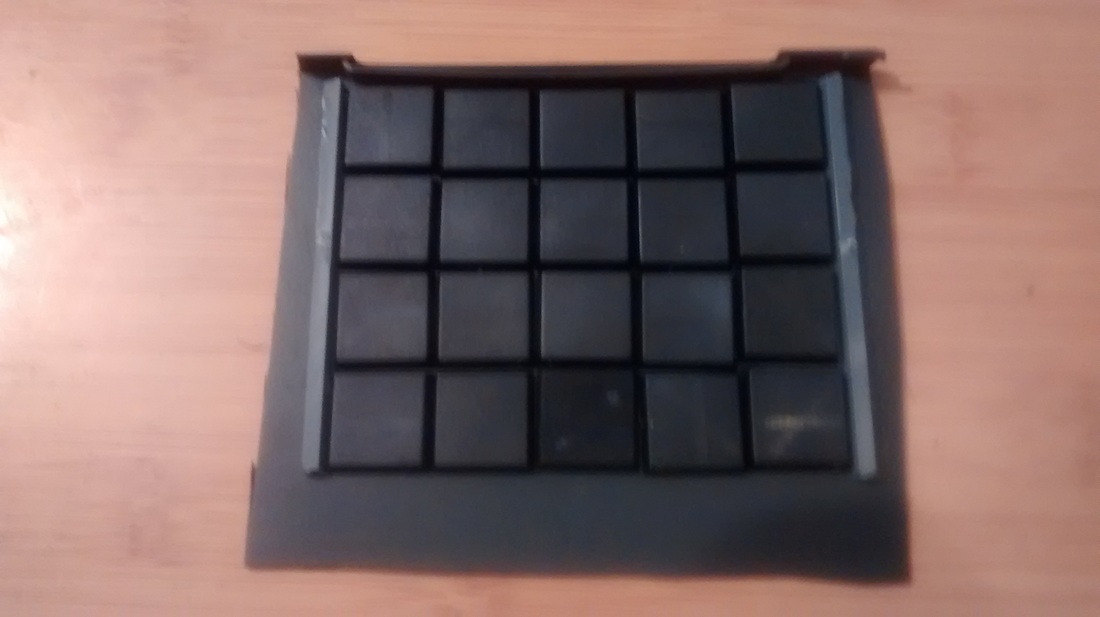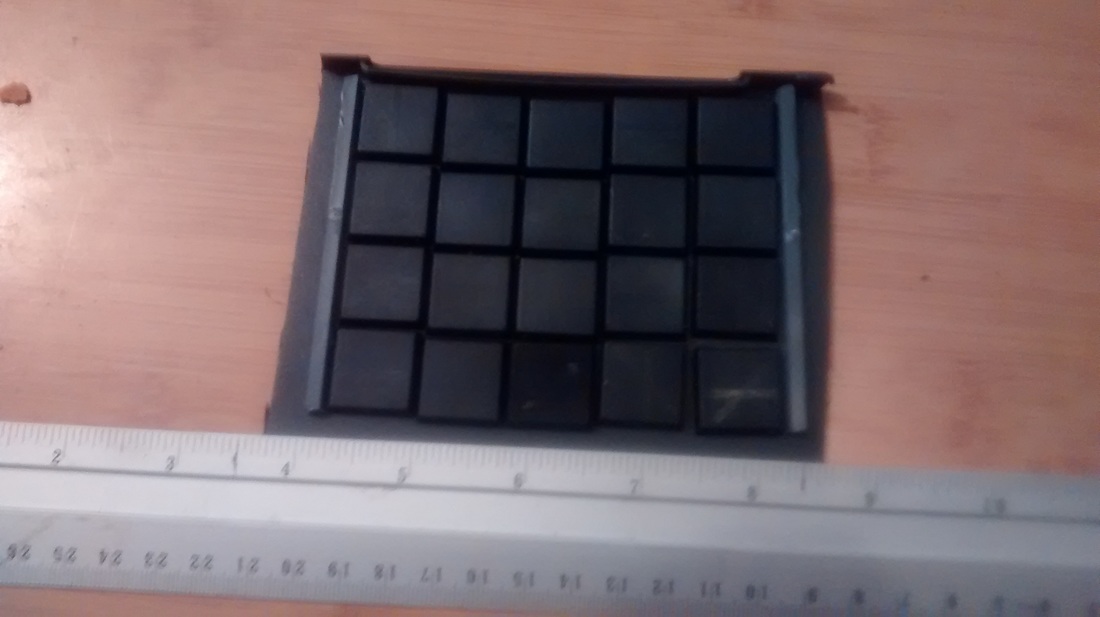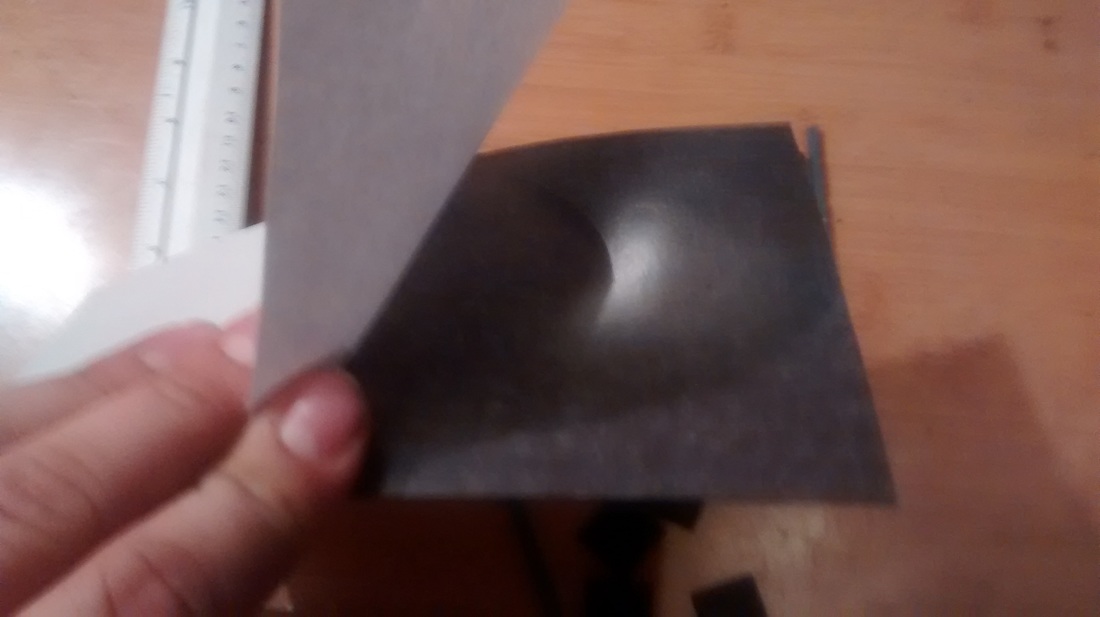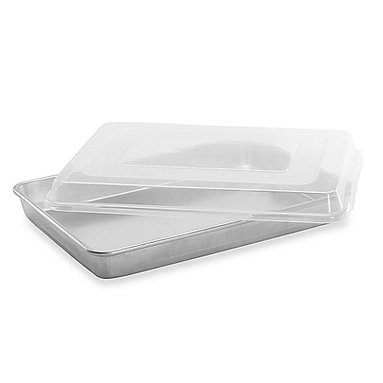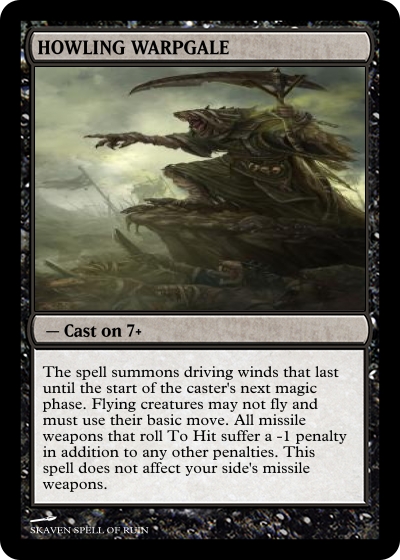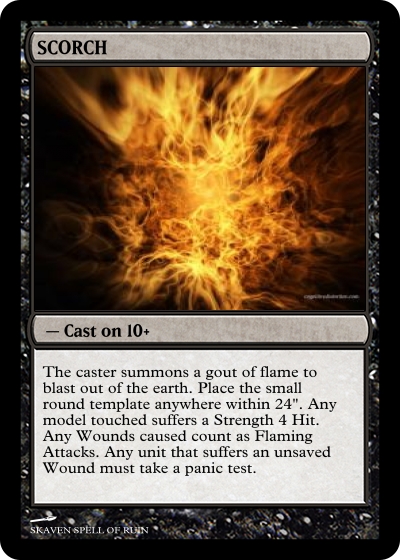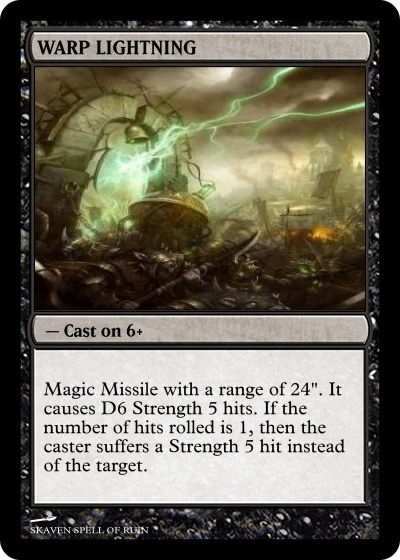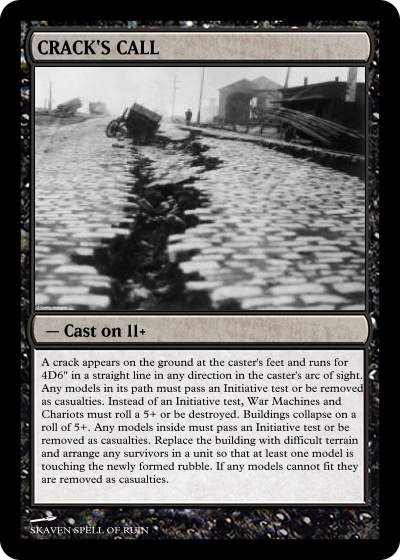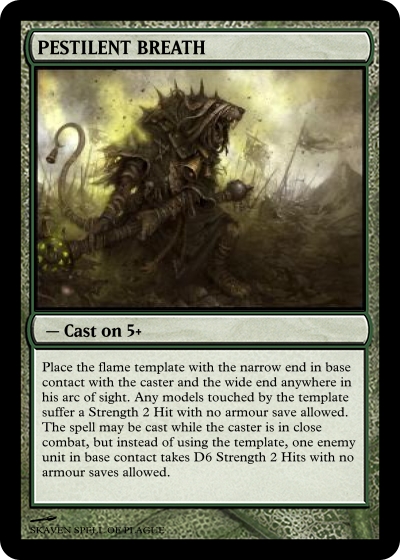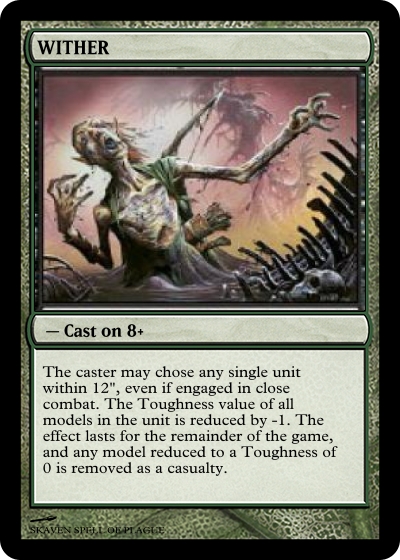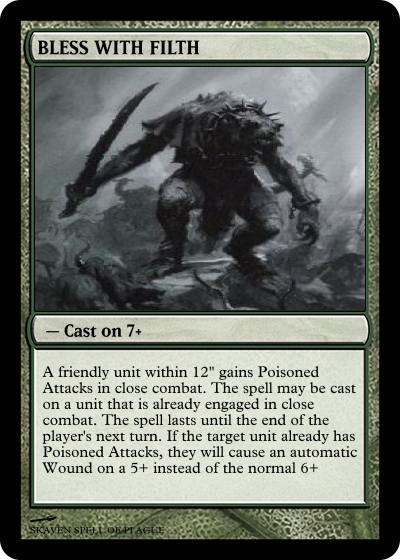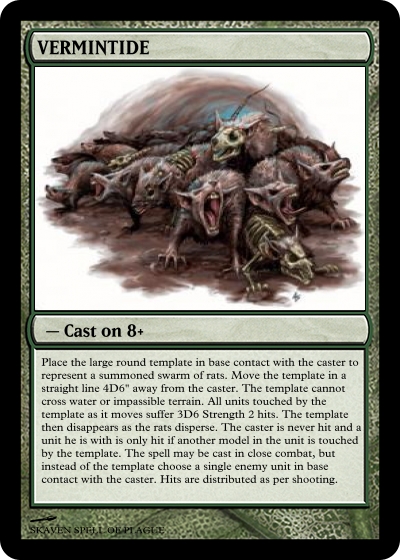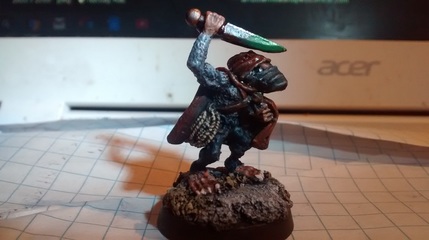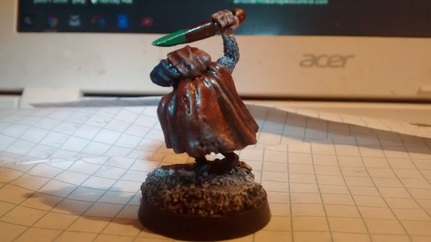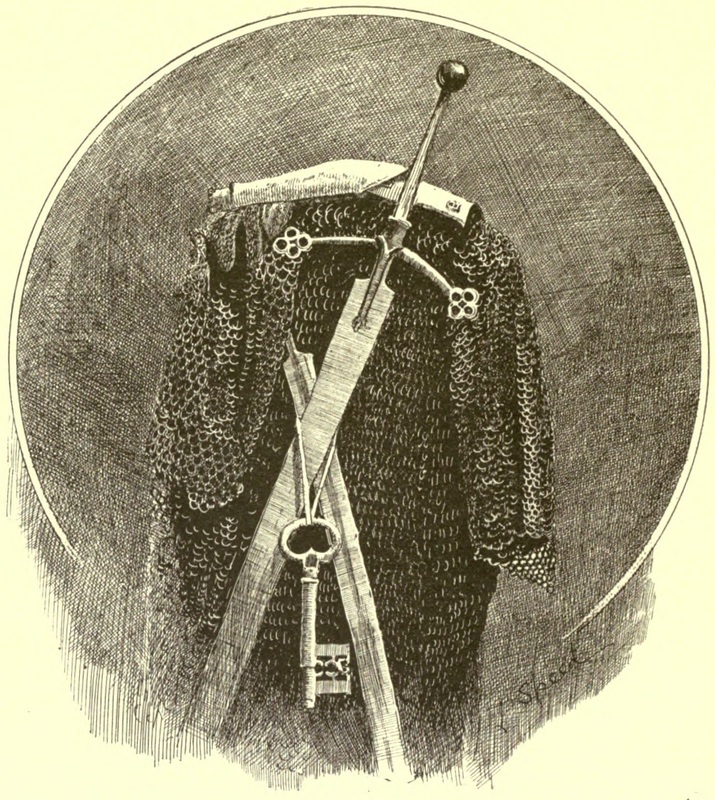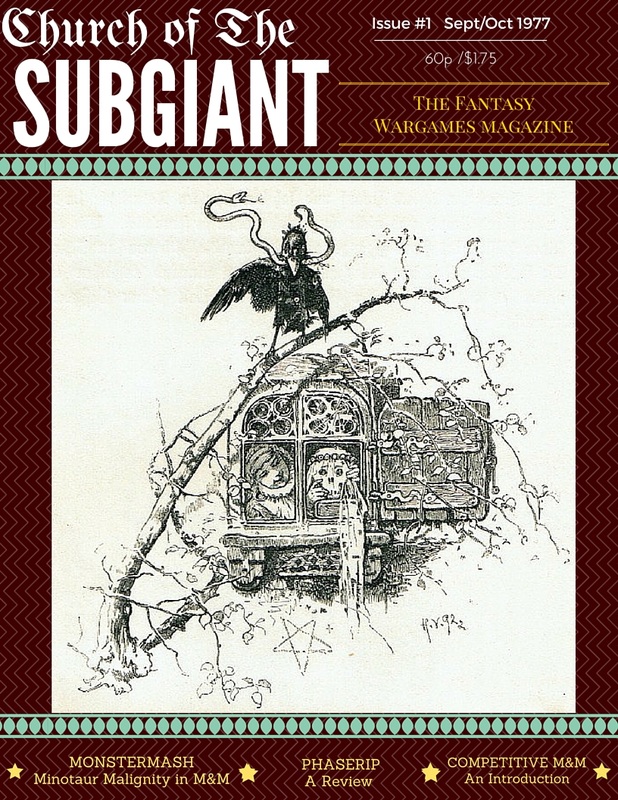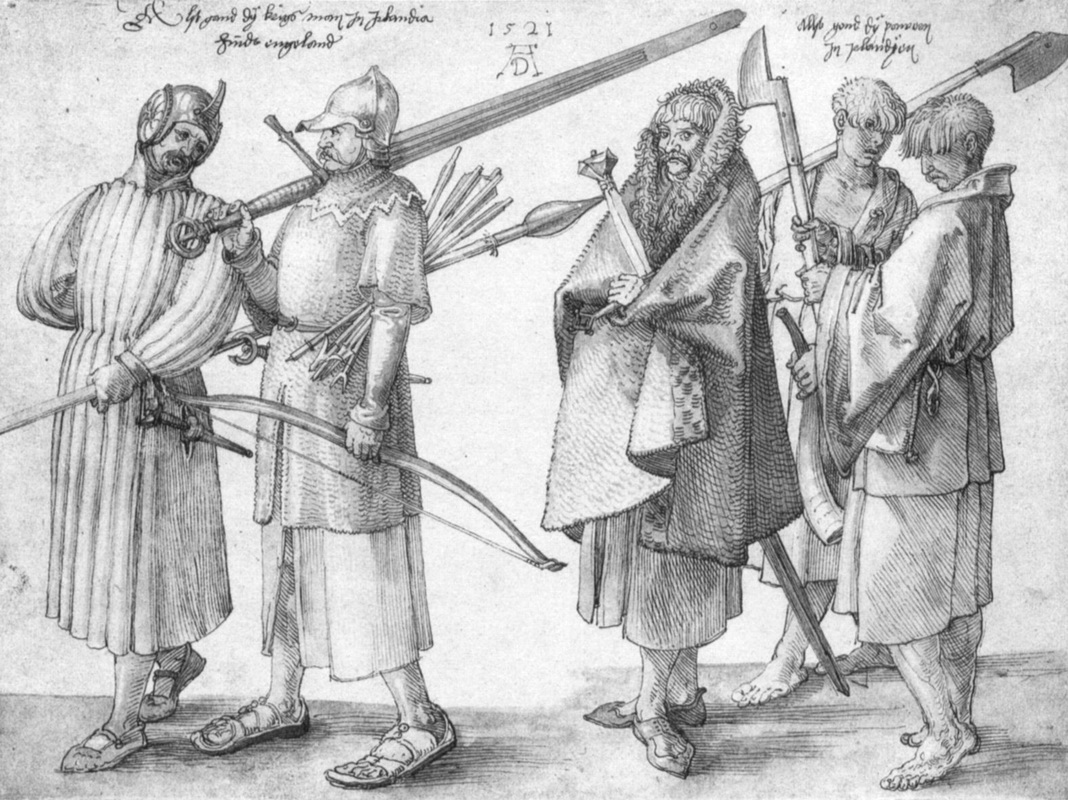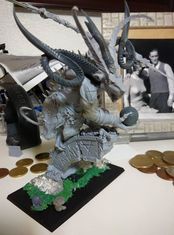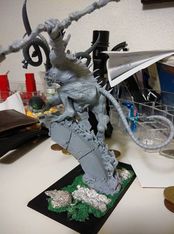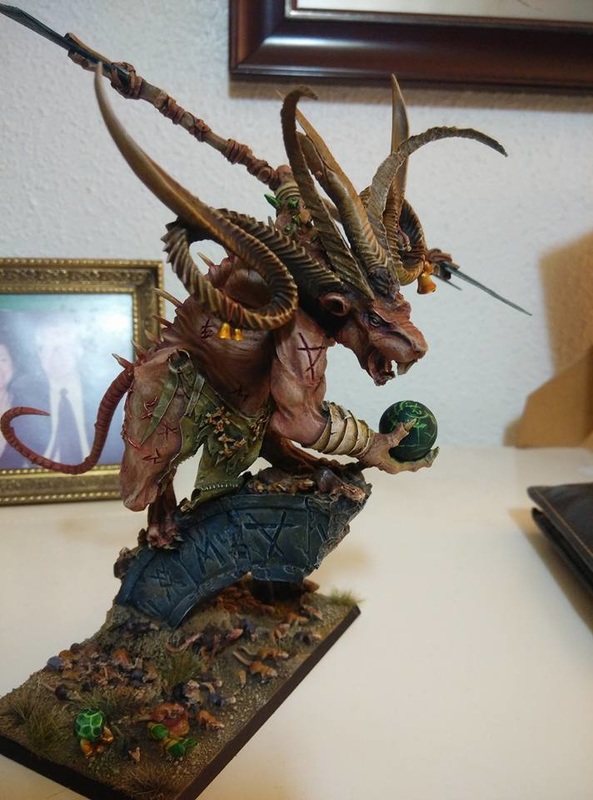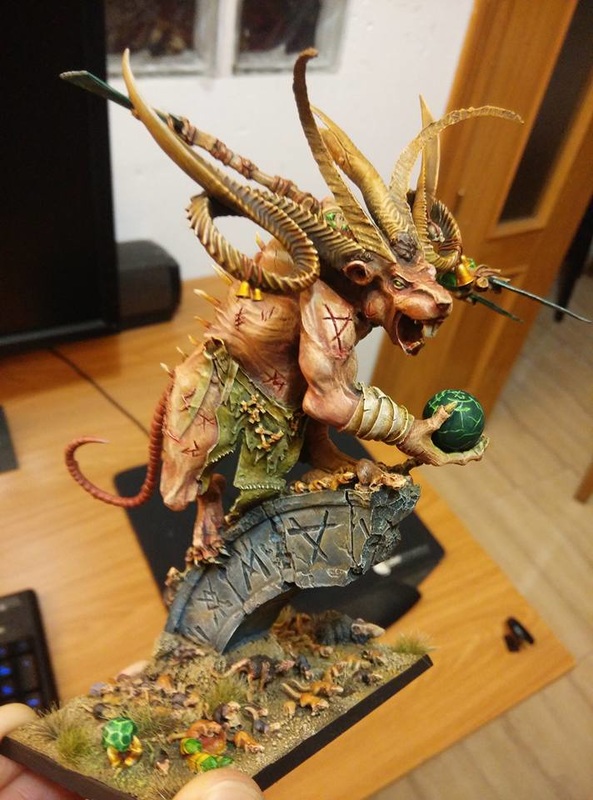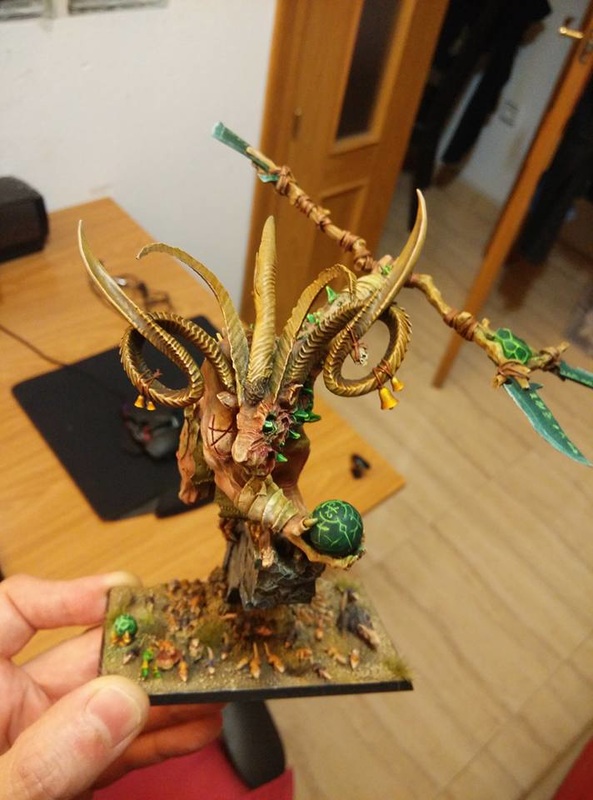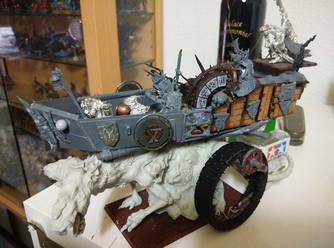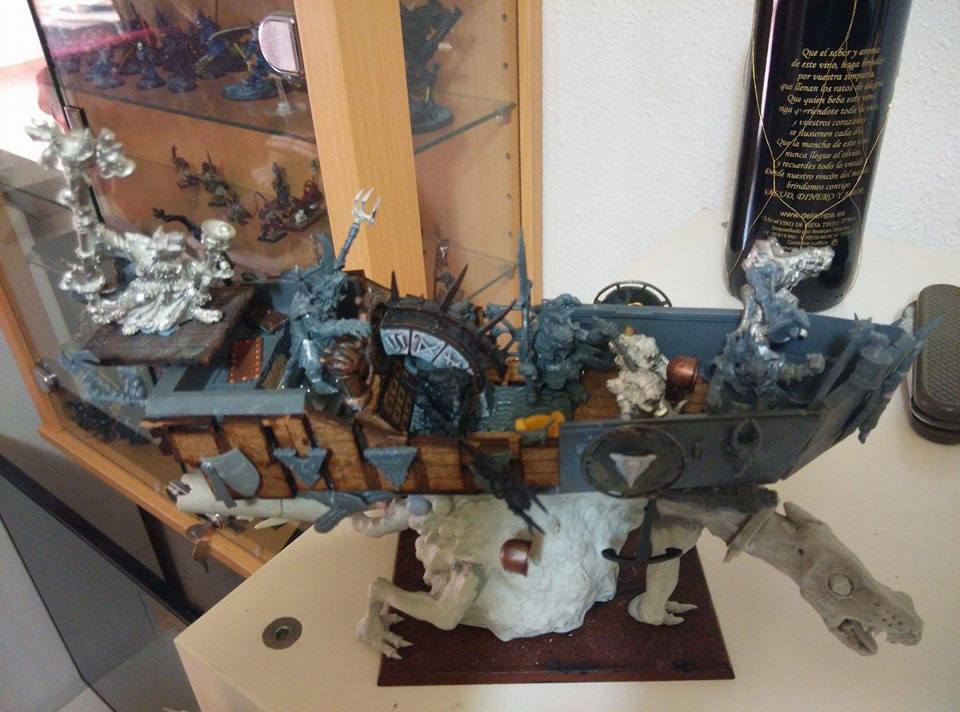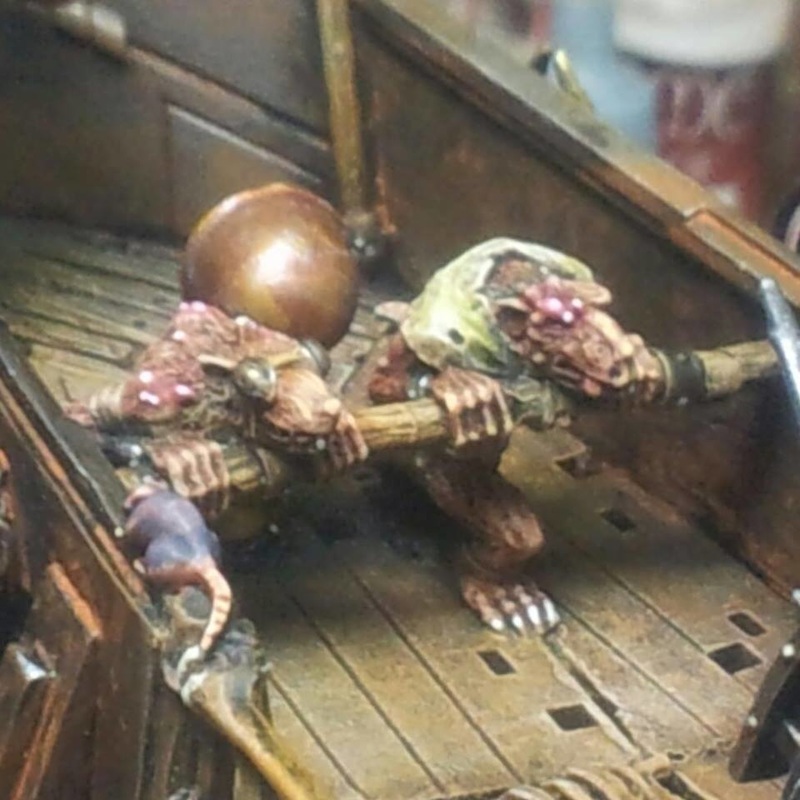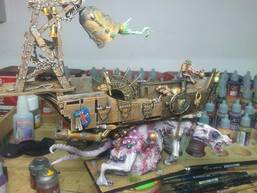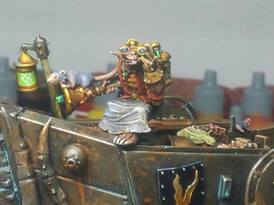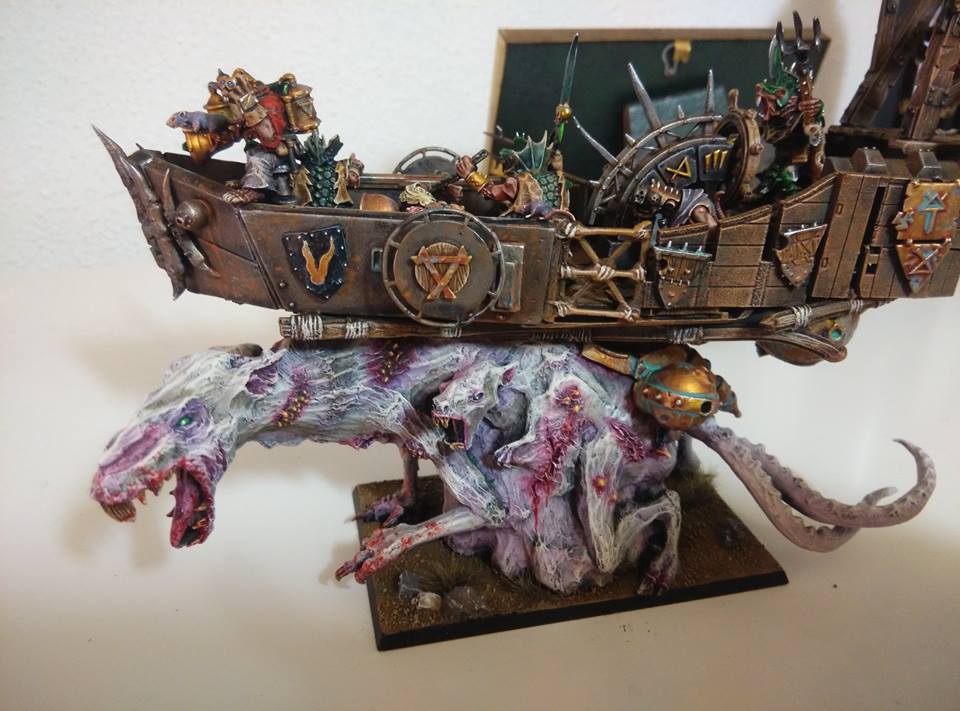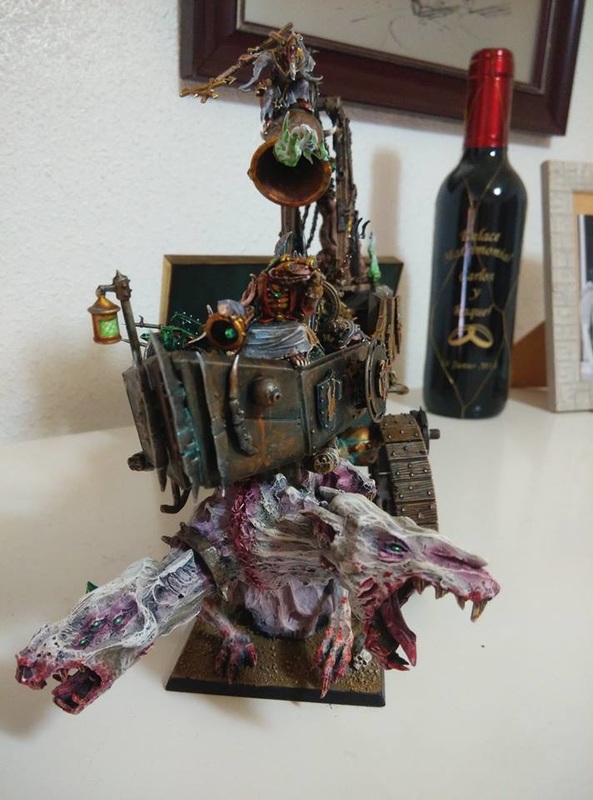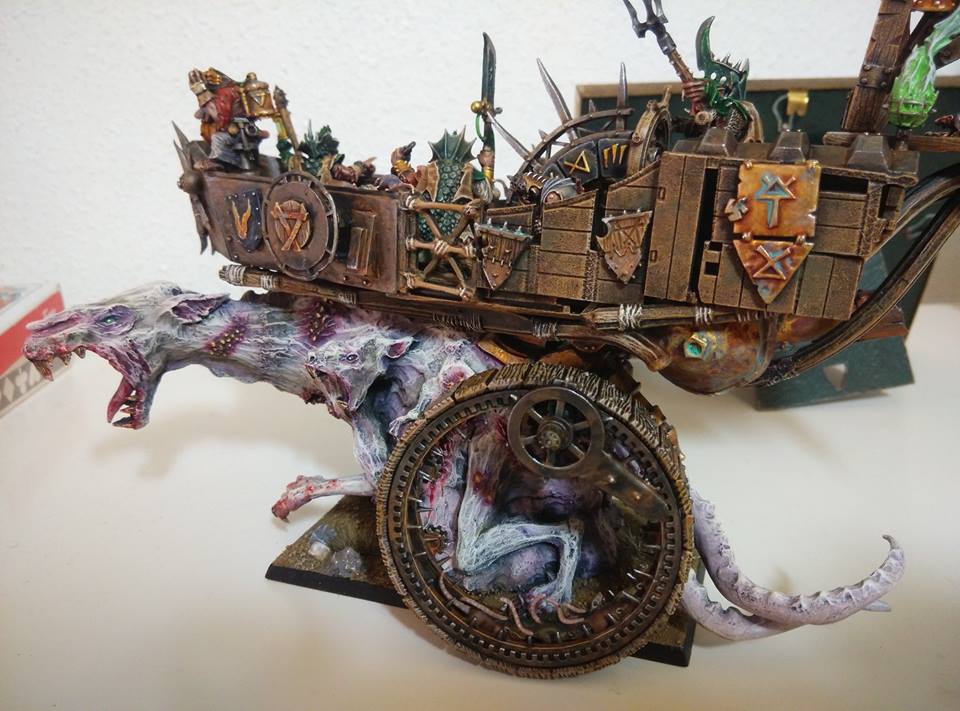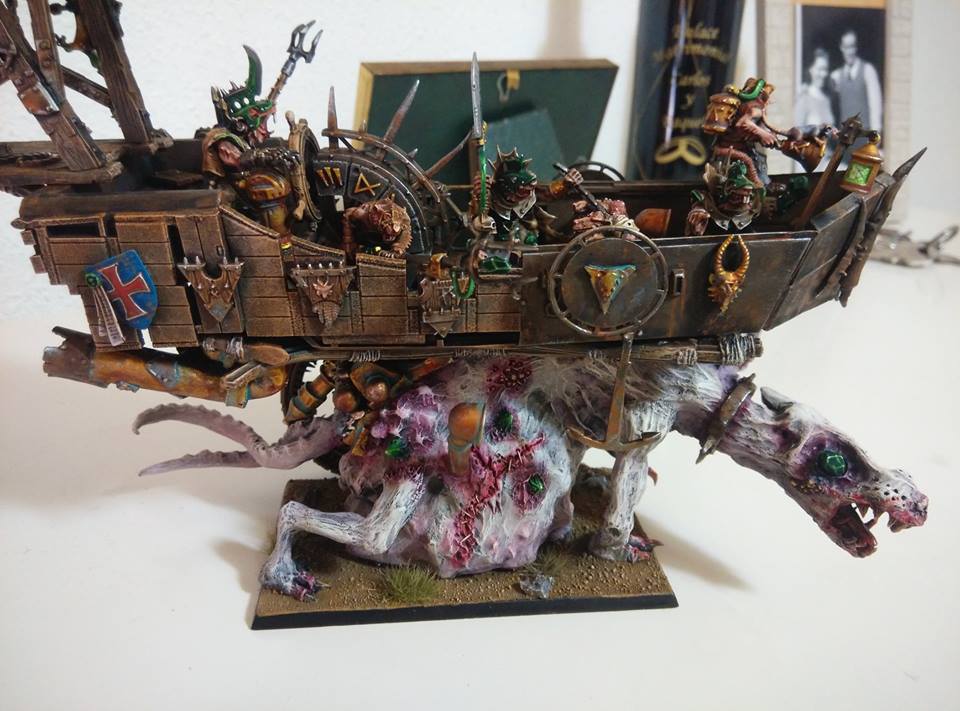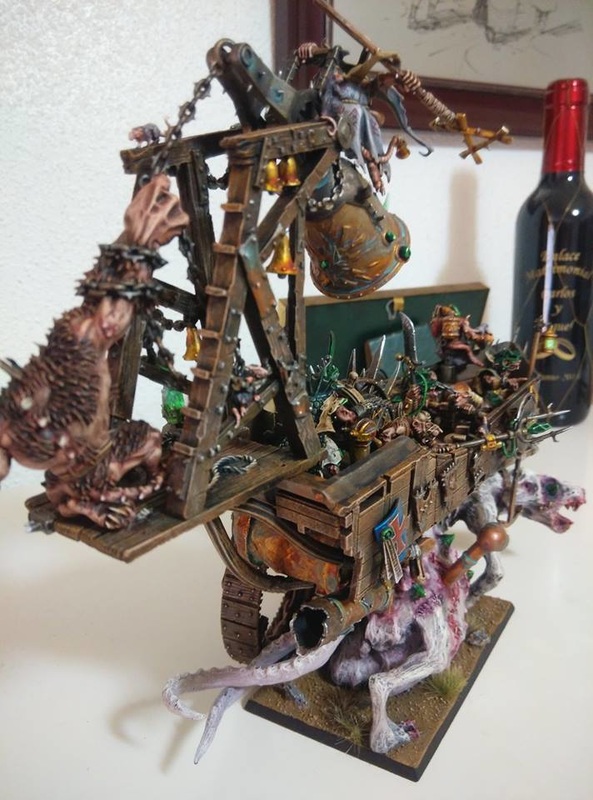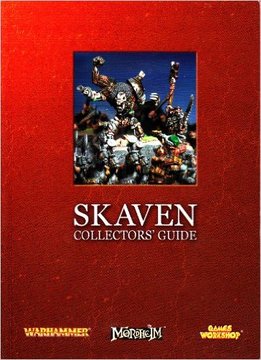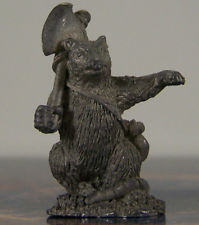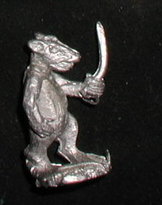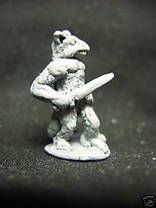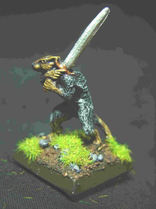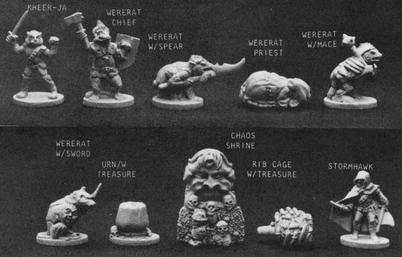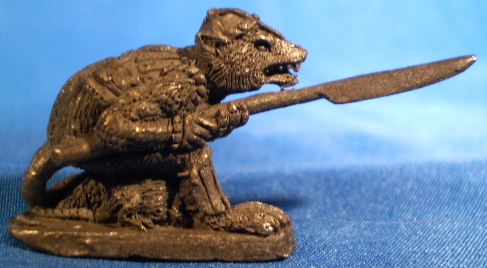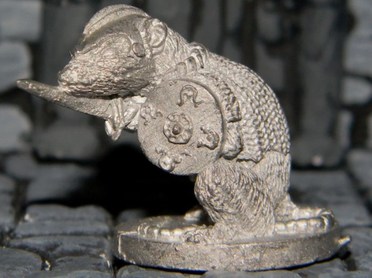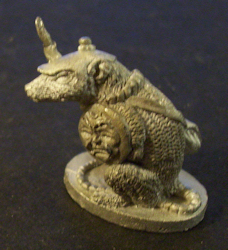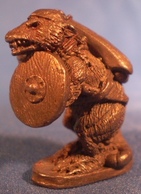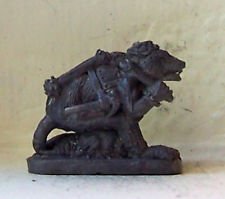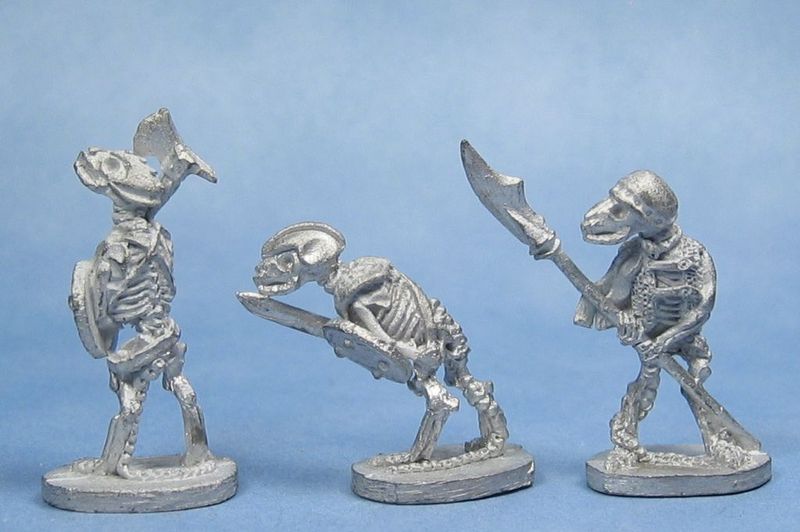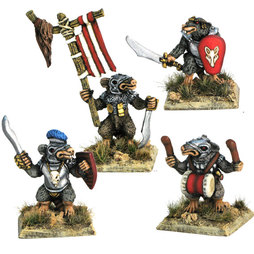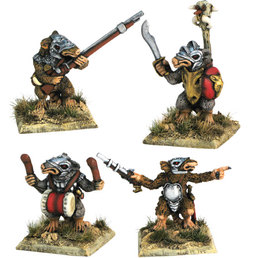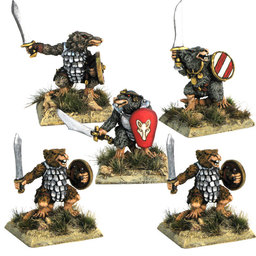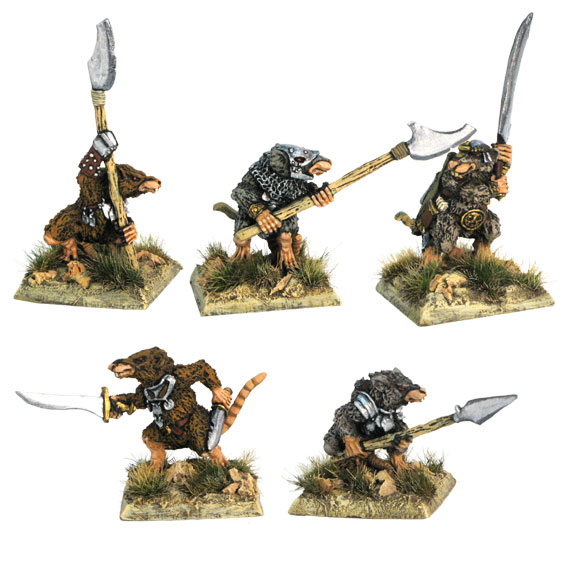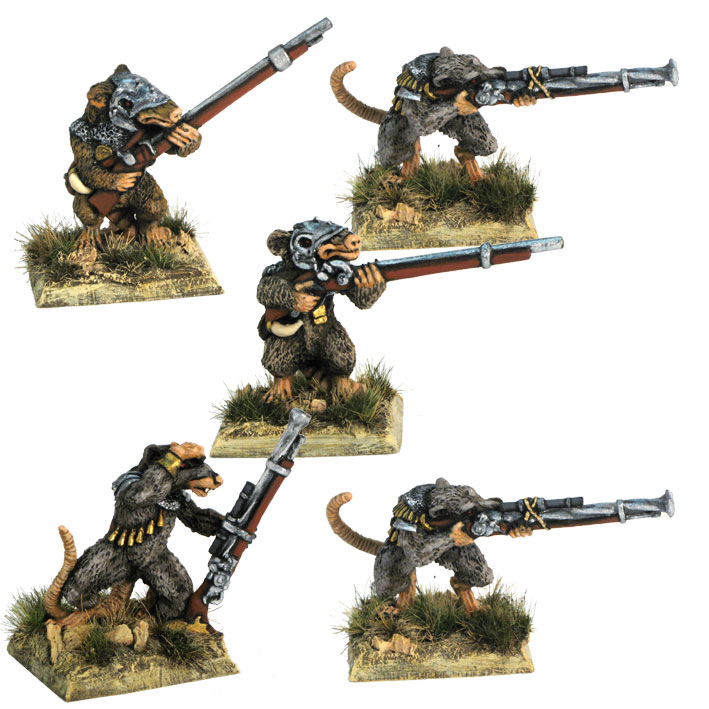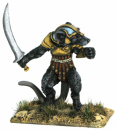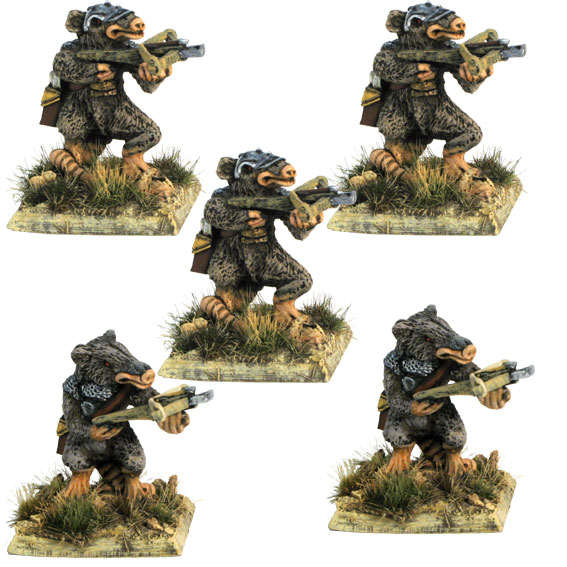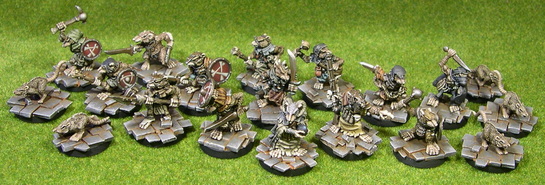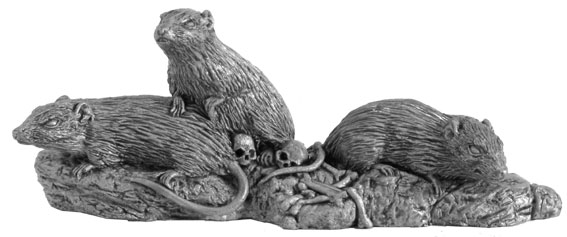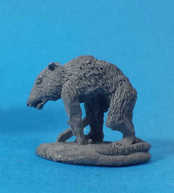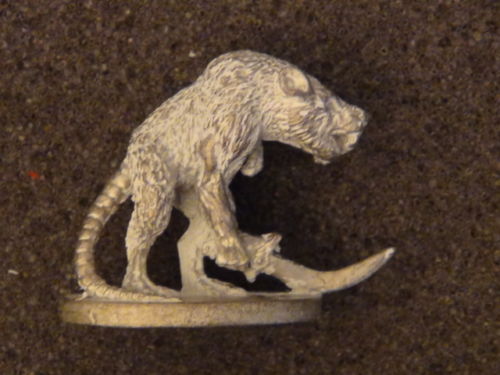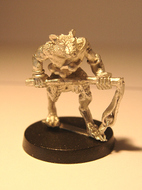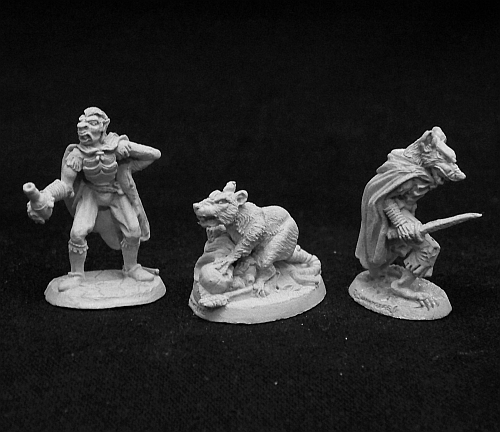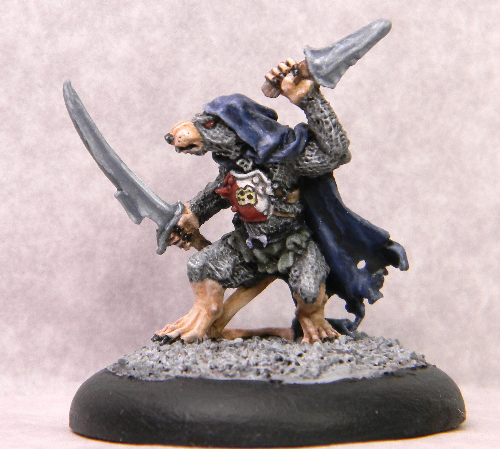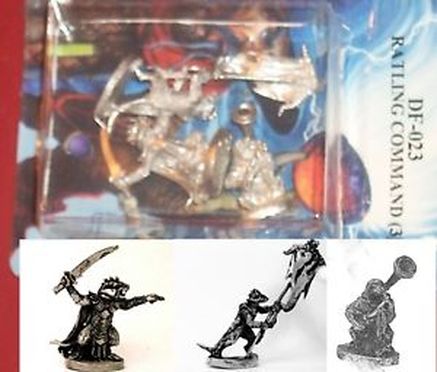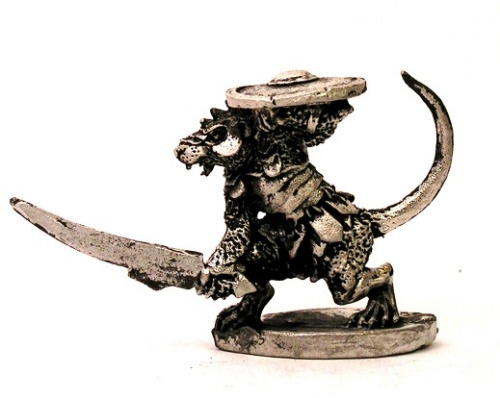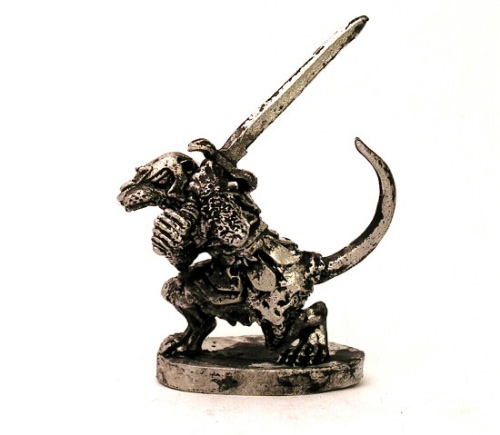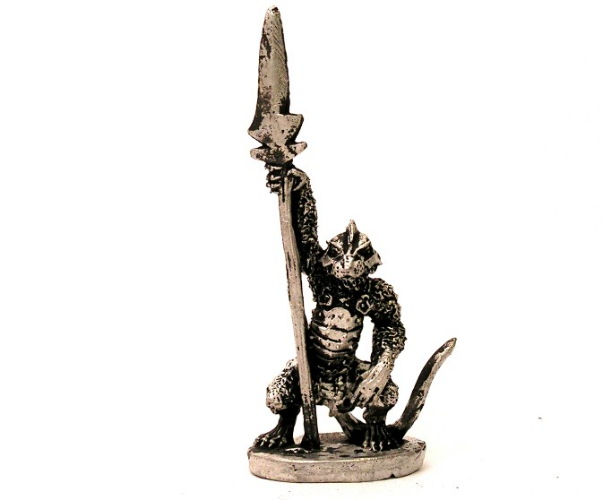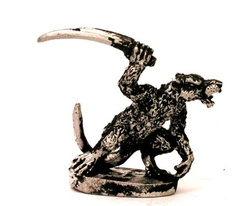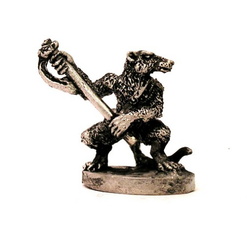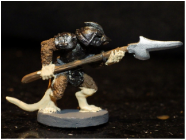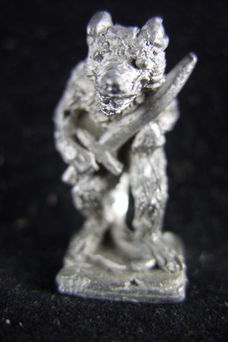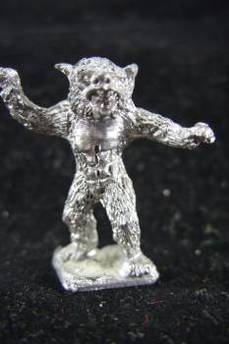Let me step back for a moment and talk about how I first encountered the Ratmen. In my 8th year my family made the move from the small suburban town of Kingston, Ontario to the small rural town of Kensington, Pennsylvania. It was here that I made three close friends (not including the girl next door , Carrie-Ann, who always came by wanting to "hang out"); Chris, David, and Seth. And it was these friends that introduced me to RPGs.
I'd been aware of Dungeons & Dragons before that point, though primarily as a Saturday Morning cartoon and toy line. I'd had a friend in Ontario who owned the Red Box, but even though I expressed an interest in playing, he'd always say that he needed his father to "make the maps" or something or other I didn't quite understand, and we'd go back to playing with our He-man or Star Wars action figures. Or M.U.S.C.L.E.s. Thus, my introduction to RPGs didn't come at the hand of that ubiquitous system, rather Chris Thunderberg's copy of a new game called Warhammer Fantasy Roleplay.
I'd been aware of Dungeons & Dragons before that point, though primarily as a Saturday Morning cartoon and toy line. I'd had a friend in Ontario who owned the Red Box, but even though I expressed an interest in playing, he'd always say that he needed his father to "make the maps" or something or other I didn't quite understand, and we'd go back to playing with our He-man or Star Wars action figures. Or M.U.S.C.L.E.s. Thus, my introduction to RPGs didn't come at the hand of that ubiquitous system, rather Chris Thunderberg's copy of a new game called Warhammer Fantasy Roleplay.
I was fascinated from the first moment I held it in my hands. Though raised on a steady diet of Arthurian legends, fairy tales, and even Tolkien, I'd never encountered anything like this. It was visceral, Germanic, dark and fascinating. The book was dripping with illustrations, violent and full of black humour. A whole new world rested between those pages. Once, once, I convinced Chris to let me borrow the book overnight. I still remember reading that introductory story on the first few pages, as a group of adventurers encountered lizardmen in chasms beneath the earth. Chris would run small adventures for us during the lunch hour at school, beneath an old tree in the far corner of the school yard. We coudln't use dice, because they weren't allowed by the teacher for some reason, but we didn't need any, it was just a "choose your own adventure" taking place in our shared imagination. I still recall my first character: "Redbolt", a pit fighter (I wanted to play a Chaos Warrior after seeing the illustration of one fighting a Jabberwocky in the book, but Chris said I couldnt be one of those until I got to a much higher level).
From then on I launched a steady campaign of pestering my mother for a copy of the book. The problem was the closest store that sold that sort of thing was about an hour's drive away. And my mom was not the type to go out of her way for such nonsense. But, my ability to be annoying eventually prevailed. The store was located on the top floor of a small building, once probably a small apartment building, but now converted into a sort of mini-mall. A used bookstore took up most of the first floor. Up some wooden stairs that had forgotten what varnish was several decades prior, at the back of a old, musty hallway, across from a small shop selling goth clothing and costumes, was a tiny room, largely taken up by a gametable in the middle. Bookcases lined one wall, packed with gamebooks and boxes, while 2 other walls were lined with various miniatures, as well as bags of dice. A stuffed dragon adorned the counter with an archaic register. The man behind it was an older fellow, with a grey beard, who eyed us somewhat suspiciously. A mother and her young child was not a welcome site in gaming shops in those days, though when she explained to him what we were looking for, he seemed to get in better mood. No random tourist was I , looking for Teddy Ruxpins or Cabbage Patch Dolls.
Of course, I didn't wait for him to provide directions, my eyes locked in on the spine of the book within moments of entering, and I feverishly ripped it from the shelf, clasping it in joy. I then wandered in amazement taking in as much as I could of the other products around the place before my mother's patience wore thin. The man helpfully explained to my mother that I would need certain dice, and he provided a small felt bag to go with them. I tried to convince her to let me get a miniature as well, but she said something about another parent (Chris's mom I think) warning her about lead, and I didnt want to push my luck that day. But the man behind the counter slipped a copy of a Ral Partha catalogue into the bag for me, and gave me a wink.
I have no further memory of that week, as I was lost in that book.
In the Bestiary I encountered for the first time the Skaven. The chaos ratmen.
It was love at first site.
So it was that I came to the Warhammer world by way of the roleplaying game rather than the wargame. It would in fact not be until about 3 years later that I first got a copy of Warhammer Fantasy Battles.
From then on I launched a steady campaign of pestering my mother for a copy of the book. The problem was the closest store that sold that sort of thing was about an hour's drive away. And my mom was not the type to go out of her way for such nonsense. But, my ability to be annoying eventually prevailed. The store was located on the top floor of a small building, once probably a small apartment building, but now converted into a sort of mini-mall. A used bookstore took up most of the first floor. Up some wooden stairs that had forgotten what varnish was several decades prior, at the back of a old, musty hallway, across from a small shop selling goth clothing and costumes, was a tiny room, largely taken up by a gametable in the middle. Bookcases lined one wall, packed with gamebooks and boxes, while 2 other walls were lined with various miniatures, as well as bags of dice. A stuffed dragon adorned the counter with an archaic register. The man behind it was an older fellow, with a grey beard, who eyed us somewhat suspiciously. A mother and her young child was not a welcome site in gaming shops in those days, though when she explained to him what we were looking for, he seemed to get in better mood. No random tourist was I , looking for Teddy Ruxpins or Cabbage Patch Dolls.
Of course, I didn't wait for him to provide directions, my eyes locked in on the spine of the book within moments of entering, and I feverishly ripped it from the shelf, clasping it in joy. I then wandered in amazement taking in as much as I could of the other products around the place before my mother's patience wore thin. The man helpfully explained to my mother that I would need certain dice, and he provided a small felt bag to go with them. I tried to convince her to let me get a miniature as well, but she said something about another parent (Chris's mom I think) warning her about lead, and I didnt want to push my luck that day. But the man behind the counter slipped a copy of a Ral Partha catalogue into the bag for me, and gave me a wink.
I have no further memory of that week, as I was lost in that book.
In the Bestiary I encountered for the first time the Skaven. The chaos ratmen.
It was love at first site.
So it was that I came to the Warhammer world by way of the roleplaying game rather than the wargame. It would in fact not be until about 3 years later that I first got a copy of Warhammer Fantasy Battles.

